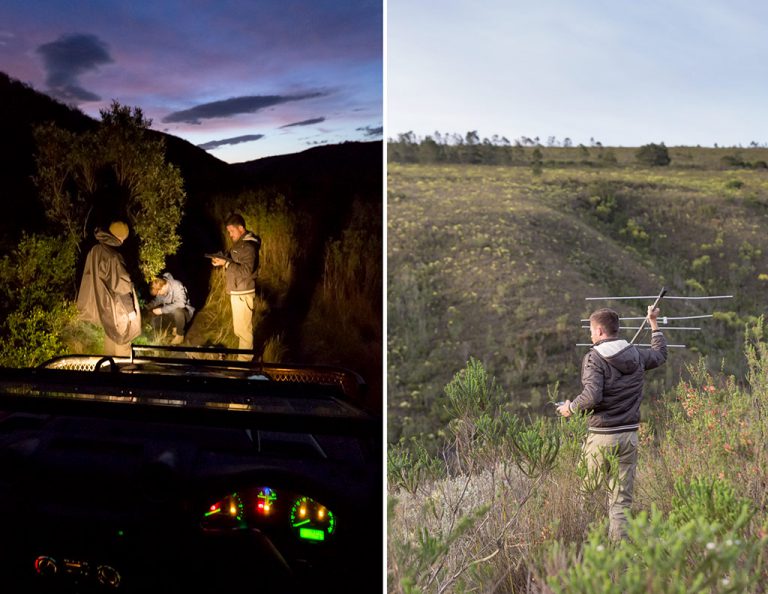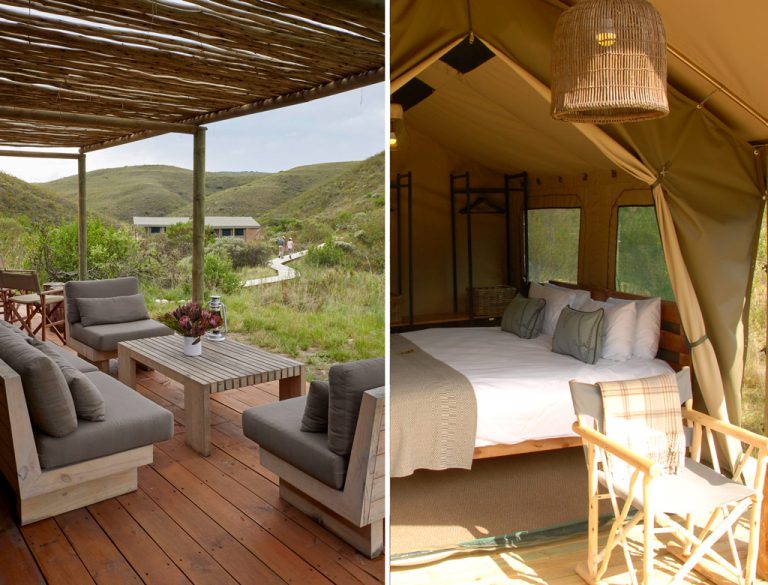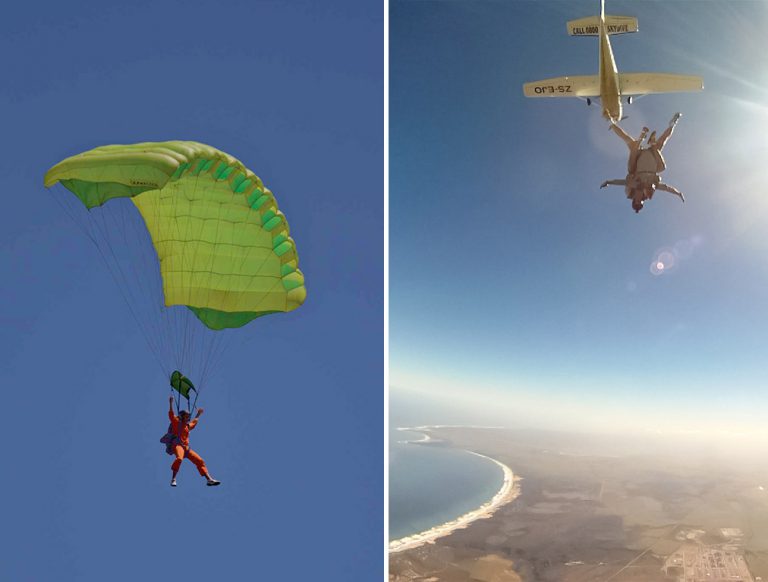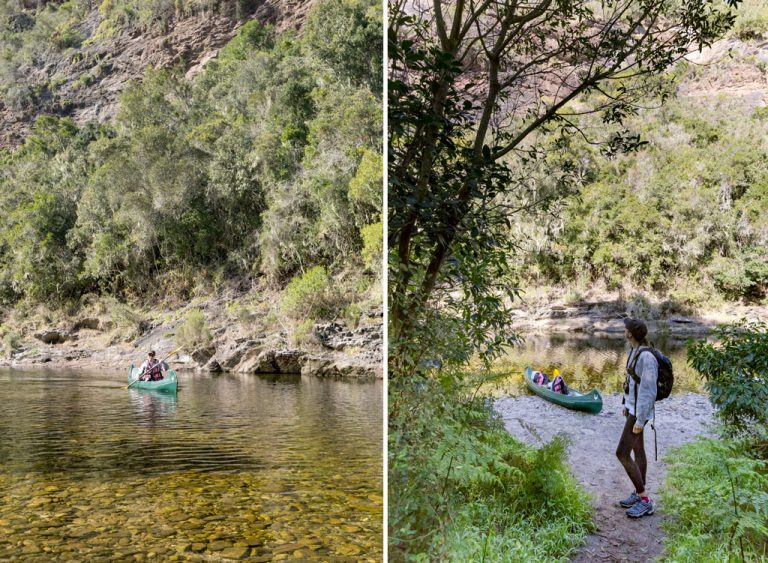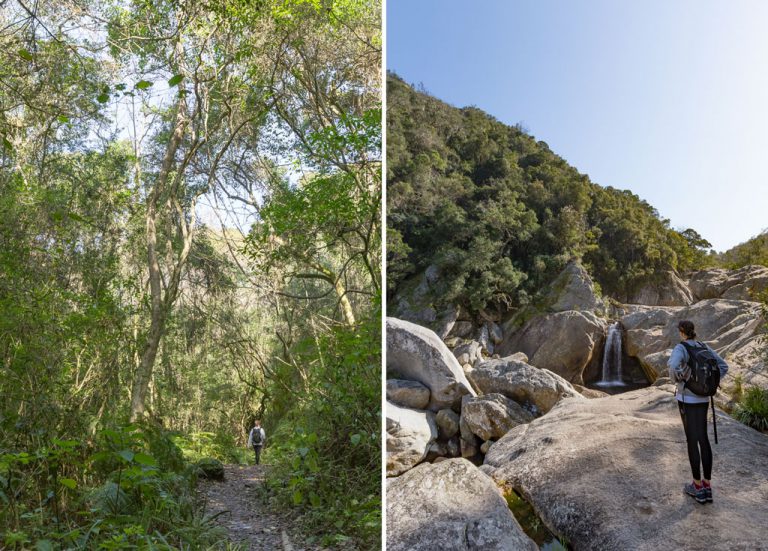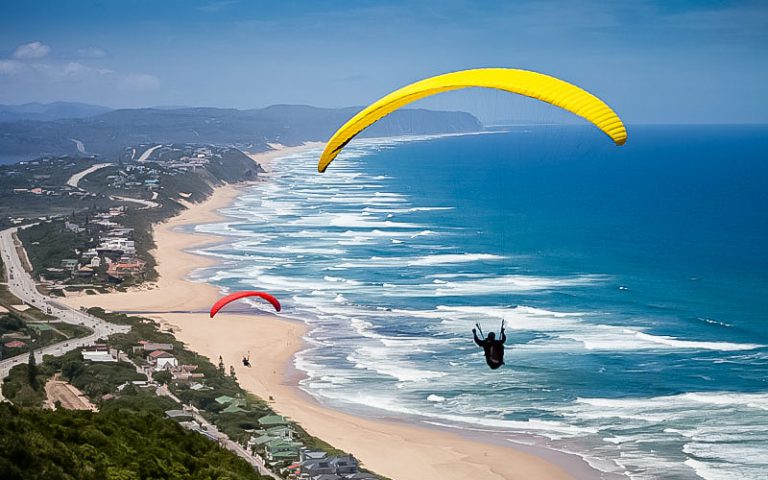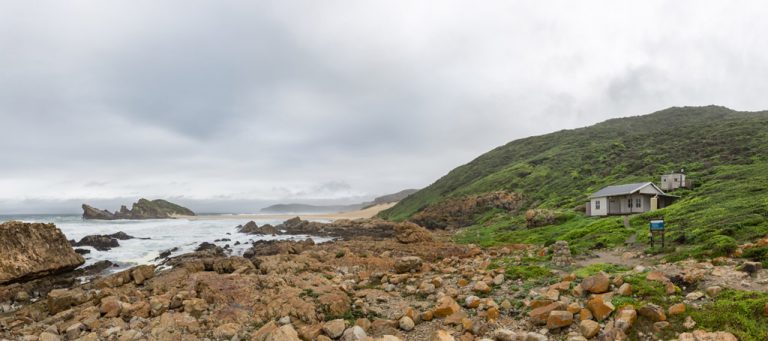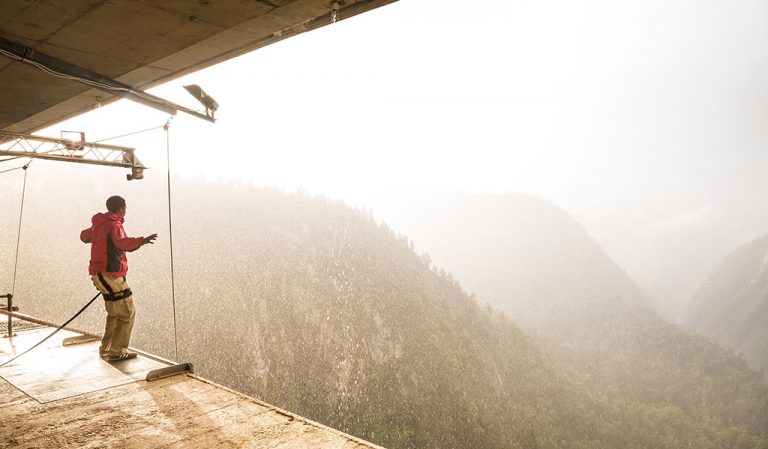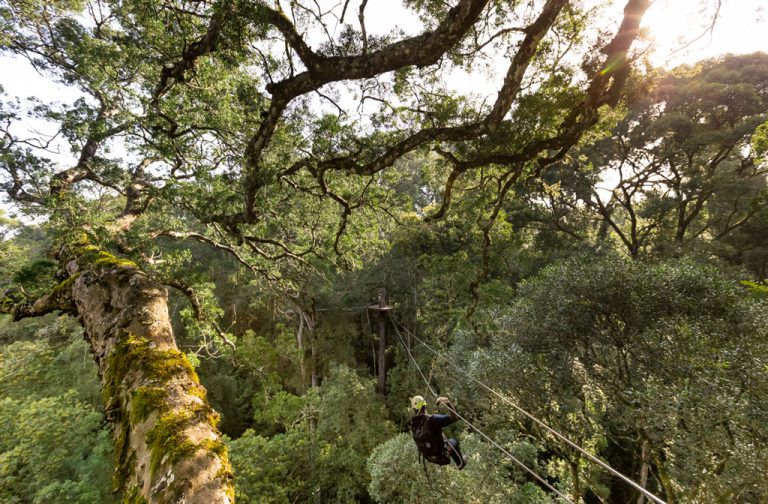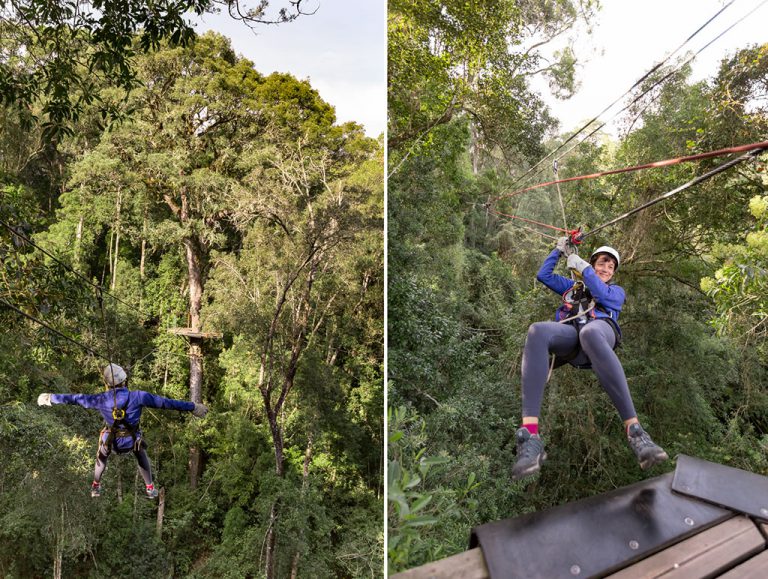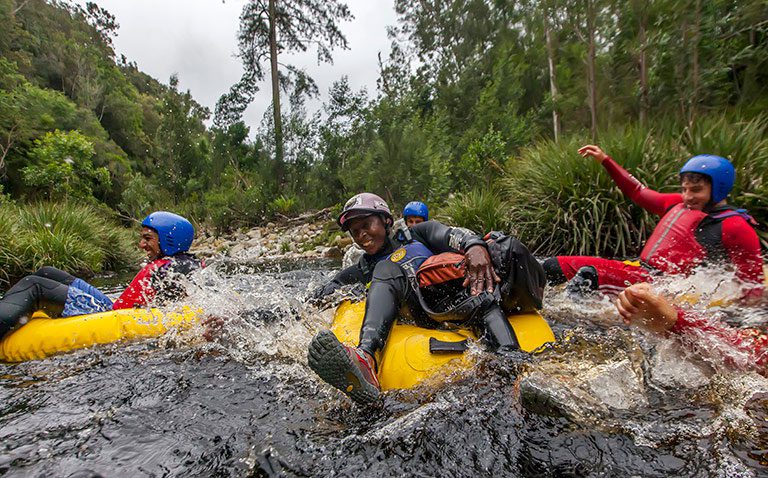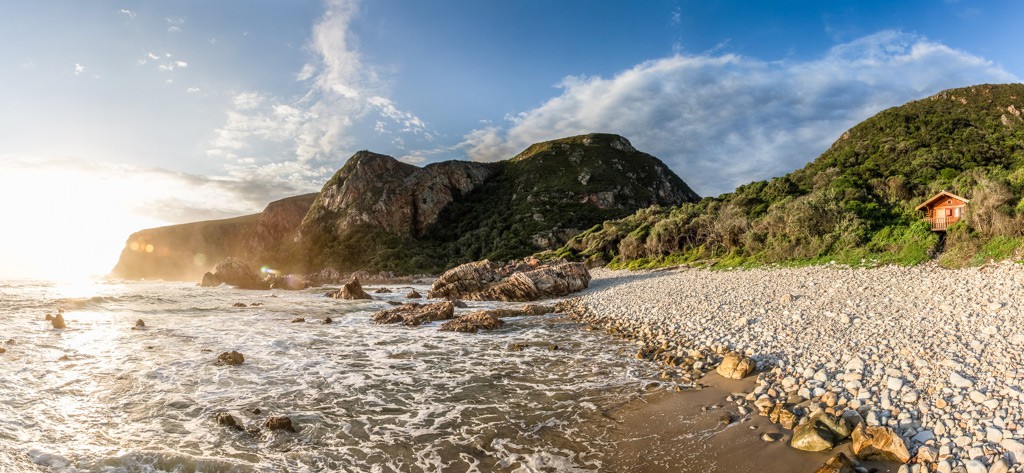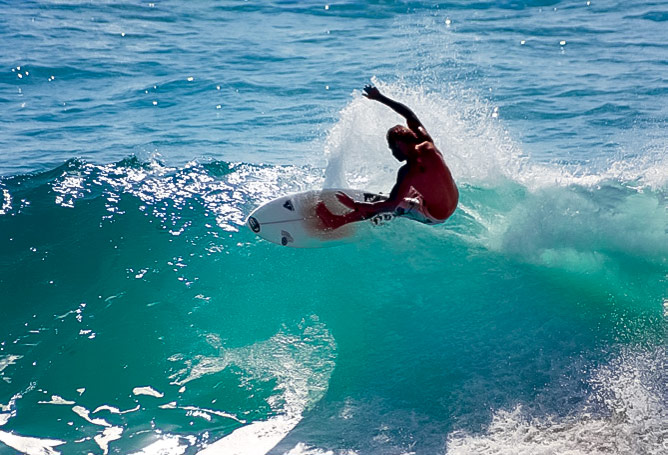![]()
A holiday where you learn a skill can leave you feeling like a whole new person. It’s all about breaking routines, socialising and being safe. Here are four educational holidays we recommend.
1. Look for your food before you eat it
![]()
Sandveld reds are the main breeding pigs. They have superior quality meat. The males are Iberian cross wild boar. Photo by Dani Bischoff
What: Graze Self-sufficiency & Sustainable Lifestyle Workshop
Where: Goodluck Cottage, Walshacres Farm, Stanford
How long: One to four days (each day is optional)
Cost: R1000 for a day or R3750 for the whole course
Contact: workshop@grazecafe.co.za
Photographer Dani Bischoff decided to learn how to slaughter chicken and rabbit. Her husband, comedian Rob van Vuuren, bore witness.
My wife, Dani, burst into the room with a look on her face that was both inspiring and a little terrifying.
‘I’ve signed up for a self-sufficiency course!’ she proclaimed joyfully, as if she could already feel the earth between her toes and see her carbon footprint dissipating into specks in the sky around her like bees questing for pollen on the breeze.
‘Okay,’ I said cautiously, before adding, ‘What does that mean exactly?’ ‘I’m going to Stanford where I’ll learn how to harvest honey, slaughter animals, make preserves, forage along the coast and loads of other awesome stuff.’
‘Okay,’ I said. ‘I’ll come with and look after Bijou [their six-year-old daughter] while you get your hands dirty. Just don’t come crying to me when you have to chop some poor bunny’s head off.’
We’re animal lovers, you see, and I couldn’t see my wife doing it. We even have pet rabbits. I had visions of her resplendent in camo face-paint and a Rambo sweatband around her head while shooting a flaming arrow through a bloodied crossbow.
In the end it turned out way better than I could ever have imagined. We stayed at White Water Farm, run by Rob Bell and Alex Johnstone who have cast a magical spell over this beautiful property. So while Bijou and I were luxuriating by the pool watching frolicking horses, Dani was labouring under the tutelage of Graze Slow Food Cafe’s self-sufficiency ninjas, Alex Chouler and Tabby Robertshaw. And while we were jumping on the trampoline and strolling through the bountiful garden, Dani was learning what to plant where, which bees to coax with what and when, and how to preserve this and that.
![]()
Cutting the wild honeycomb. Photo by Dani Bischoff
Then came the day that the animals were slaughtered. Tabby showed her students the most efficient and humane way to kill and prepare the rabbit – Dani wept through the whole demonstration. She did not wail. She simply leaked through her eyes in a silent tableau of meat-eater’s remorse. Through her veil of tears, she was acutely aware of her own hypocrisy. Why was she so heartbroken about the rabbit but hardly bothered by the decapitation of the chicken?
The reason she was doing the course was because she totally buys into Graze’s philosophy, and Tabby and Alex’s farm as a working model of the kind of self-sufficiency the planet so desperately needs.
Nothing goes to waste here. The pigs, the bees, the rabbits, the chickens, the veggie garden, the herbs, the fruit – they all connect into a wondrous life force that ultimately feeds the ecosystem.
In the end we conceded that it’s just harder to watch something cute die for your plate than the kinds of animals we have grown accustomed to eating. We endeavoured to overcome this moral dilemma in the name of gastronomy at dinner. As part of the course, Friday saw participants (and those non-participants lucky enough to book a seat) partake in a feast of indescribable culinary delight at Graze restaurant on Stanford’s quaint main drag. The experience was a revelation to me. I felt like I was living in an episode of Netflix’s brilliant foodie series Chef’s Table.
I could also wax lyrical about the coastal forage that was the conclusion to the course, on a beautiful clear Sunday morning next to the impressive Klipgat Caves in Walker Bay Nature Reserve. I could go on and on about the joy of clambering from rock to rock under the expert guidance of Roushanna Gray of Veld and Sea, as she unearthed all manner of seafood treasures before our hungry eyes. I could sing endless praises about the sprawling seafood sonata that Tabby so expertly conducted back at Graze that afternoon with all our foraged treasures. I won’t, though. We don’t have all year and some things you need to discover yourself.
![]()
Sea urchins collected on the coastal forage. Photo by Dani Bischoff
I will say, however, that instead of heading home that afternoon we gladly extended our stay by one more night at White Water Farm and let the rest of the day seep through us in a haze of sated serenity.
Why it’s worth it: Dani found the sustainability course to be extremely empowering and eye-opening. Being involved with the slaughtering process has also made her more grateful for the gifts animals give us daily. She had found it easy to unplug herself from how some food ends up on the table, but by making time to prepare it herself she was forced to slow down and become more aware of the sacrifice. It became meditative, and she felt more connection and appreciation for the food in front of her. We now eat less meat, and when we do we waste less of it and appreciate it 10 times more.
Best skill learnt: Dani has been interested in bee keeping for many years. The course gave her a good introduction.
2. Stretch the stress away
![]()
Meditation in the bush – field guides are on guard so you can close your eyes and relax. Photo by Melanie van Zyl
Sonya Schoeman was an overworked wreck. She decided to reboot her nervous system and calm the heck down.
What: Mhondoro Yoga and Detox Retreat
Where: Mhondoro Game Lodge, Welgevonden Game Reserve, Limpopo
How long: Five nights
Cost: From R39555, all inclusive
Contact: mhondoro.com
I’ve learnt something useful: according to Ayurvedic principles, my metabolism is of the Pitta, or fire, category. ‘When Pitta is thrown off balance,’ goes the printed explanation I get from yoga teacher and head of this detox programme, Monique Christiaans, ‘they [sic] are prone to perfectionism, outbursts of anger, irritability, skin rashes and inflammation.’ Also, ‘If they have to postpone a meal, they become easily upset.’ Pittas sound painful, I think ruefully. Perhaps it’s time to dampen down.
![]()
Sunrise on the deck at Mhondoro Lodge’s Villa; hearty, nutritional food eases you into the detox. Photo by Melanie van Zyl
Turns out all the things Pittas adore – coffee (yes), cheese (love), spicy foods (adore), alcohol (adore squared) – are only making me more fiery. I should be eating cold, raw or steamed foods (big eyes), drinking lovely calming ginger and fennel teas, showing the palm to dairy. I’m unhappy about this, but I also learn my digestive system is strong, that I should have a lot of sleep – that’s a silver lining – though I become upset when I learn I should forego tomato, which I’m passionate about. Nonetheless, it inspires me to give a Pitta diet a try for two weeks.
I learnt all this at Mhondoro Game Lodge, on a shortened version of a five-night detox and yoga safari the lodge is launching. Ours was the two-night trial. Add travel in there and it’s essentially a single full day away. What good can happen in that time, I thought? But I hadn’t factored in the power of environment. Remove yourself from the noise of the city, surround yourself with the toasty wheat colours of the bushveld, the sound of birds and wildlife, and big blue skies, plus healthy fresh food – it’s mainlining detox of the body and mind.
![]()
Mhondoro’s kitchen garden. Photo by Melanie van Zyl
We went on game drives, and got off the vehicle to meditate. At one delightful green pond that came with nature’s own soundtrack – a cacophony of frogs and birds (a highlight) – we did a yoga session. We wandered through wispy waist-high grasses and sat on rocks and meditated some more, while a game ranger stood guard over us with a gun because lions and buffalo and elephants wandered there too. We got massages – one body, one Indian head massage – which helped the body unwind further. Alcohol was verboten and, in fact, on the second night when we snuck a glass of red, even after only two days of juicing and healthy eating, I felt quite ill.
Monique herself is the perfect person to head up this safari. She found her path to this way of life after being diagnosed with cancer five years ago, and testifies to its restorative and health benefits – she lives the principles, and is gentle and calm and delightfully nice. Resident on the north coast of Holland, she runs her own yoga studio, ZenZo Yoga. She has also trained in nutrition (with Ralph Moorman from DeHormoonFactor, and detox coach Jacqueline van Lieshout), focusing on nature-based approaches.
![]()
Early morning sun salutation at Mhondoro’s yoga retreat in Limpopo. Photo by Melanie van Zyl
Why it’s worth it: As journalists, we did the ‘lite’ trial version, but even after two days I was able to break my work- besieged ‘monkey mind’. The full five-day course alternates meditation, yoga, juice detoxing, nutritional advice and massages at a more serene pace, and that, combined with the environment and game viewing, I imagine would boost that reboot factor by 10. The food is super-healthy and good – Mhondoro has recently seconded Zinobia Martin, formerly of Babylonstoren, who served us up plate upon plate of delicious, fresh far (Mhondoro has its own organic garden). I’ve done a similar detox course a few years ago, and found there’s something very nurturing about getting into a rhythm of activity, meditation and healthy eating – and it completely helped me ‘rewire’ my stressed mind and body. I personally found the juicing a challenge, but Monique is always on hand so personal concerns or needs can be addressed.
Best skill learnt: I found the combo of yoga and environment very effective, but the nutritional aspect was really beneficial. I continued the Pitta-recommended diet for three weeks and, besides losing some weight, felt more calm and balanced.
3. Learn to hunt for mushrooms
![]()
Glistening shaggy ink caps, edible before the gills blacken. Photo by Boschendal
Pippa de Bruyn took her two girls off to learn to identify the difference between a delicious and a deadly mushroom.
What: Mushroom Foraging Experience (in season, usually June)
Where: Boschendal, Franschhoek, Western Cape
How long: One day
Cost: R600 per person (includes a three-course lunch)
Contact: boschendal.com
They accepted with alacrity. Perhaps I shouldn’t have been so surprised. My 19-year-old has started going to trance parties, after all. The 15-year-old, a born foodie, literally licked her lips: after a couple of hours hunting shrooms (snigger from daughter Number One), we would sit down to a three-course mushroom-themed meal prepared by the talented Christiaan Campbell. And I guess there’s a certain zeitgeist to this idea that one can go tromping around, picking up free food like Elysian peasants or survivors of some dystopian apocalypse.
So off we set one glorious morning in May to meet mycophile Justin Williams in the shadow of Boschendal’s 18th-century manor house. Boschendal has always been an extraordinary farm, but since Sam and Rob Lundie took it in hand in 2013 it has become more so – ducks waddle past punters sipping bubbly in the dappled shade; a row of horses head single-file into the vines, tails swishing like schoolgirls. It’s all perfect Instagram fodder, but it’s 10am and Justin has unfurled his sickle-bladed Opinel knife.
![]()
Poplar boletus tastes very similar to porcini – delicious. Photo by Boschendal
Mushrooms, Justin explains, are essentially the fruit of a mass of branching, thread-like rizomorphs collectively known as mycelium, so it’s important not to damage the mycelium when picking. Mycelia can get pretty big, he continues. The largest measured to date stretched across 3,8 kilometres. That’s a pretty big plant, daughter Number Two mutters. Mushroom are not plants, Justin continues. Most are saprophytes: decomposers that feed off dead or living plants. No one even knows for sure how many species there are – possibly as many as 5,1 billion. Most are inedible, less than 10 per cent are poisonous – as a general rule mushrooms with white gills are to be avoided; those with spongy undersides are safer. Usually.
We fan out then, 18 of us on the carpet-like lawns, before heading into the copse behind the kitchen garden. We’re hoping for porcini but these first-prize finds prove elusive. We find plenty of poplar boletus, as well as pine rings (edible, as its Potter-like scientific name, Lactarius deliciosus, would suggest), puffballs (edible), shaggy ink caps (edible only when young), red cracking bolete (edible but not tasty), destroying angel (poisonous), reishi (medicinal), and a delicate-looking death cap (certainly fatal).
Lunch is a triumph – a poached free- range egg on an assortment of foraged creamy mushrooms, followed by slow-roast rib-eye (free range and grass fed) covered in mushrooms, and the pièce de résistance: chicken-of-the-woods crème brûlée served with a barley-malt ice cream. Afterwards the foragers divide the spoils.
Frying up our haul of poplar boletus and Lactarius deliciosus, we agree that mushrooms remain pretty scary. Without an experienced mycophile on hand, we’ll stick to those identified by a barcode.
Why it’s worth it: Foraging for mushrooms with your children is a bit like going on an Easter egg hunt, only this time you’re participating too and only Nature knows where the treasures are hidden.
Best skill learnt: Relearning the wise old adage: ‘A little learning is a dangerous thing.’
4. Track wildlife like a pro
![]()
The tracking and sign course at Thanda Game Reserve in KwaZulu-Natal will teach you that scattered dung belongs to giraffes, as it drops from a height. Photo supplied
Melanie van Zyl can tell the difference between the tracks of a lion and a leopard, a skill that’ll improve any bushveld trip.
What: Africa Nature Training Track and Sign Course
Where: Thanda Safari Private Game Reserve, KwaZulu-Natal
How long: Three nights
Cost: From R4500 per person (includes electronic course notes, practical tuition and activities, accommodation and meals at Intibane Camp, ANT Track and Sign practical evaluation and certification)
Contact: africanaturetraining.co.za
Did you know that kudus walk in their own tracks to better muffle the sound of their steps? The front hoof might snap a twig or crunch a bed of leaves and the back hoof is placed in exactly the same spot, preventing any more unnecessary noise. It’s called ‘registering’ and is one of the clever ways this beautiful animal survives in the thick bush. Look closer the next time you see its spoor and you’ll notice there are two edges to the track.
![]()
Time on this course is usually split between walks and game drives to try and cover a good variety of animal tracks. Photo by Melanie van Zyl
Last year I became a field guide with Africa Nature Training and although I loved every aspect of learning about the bush, I found its Track and Sign course to be the one truly significant way to enhance any nature experience. I was taught how to distinguish between the spoor of a lion and leopard, a monkey and baboon, a porcupine and honey badger, even between a francolin and hornbill (the latter has a more curved foot), and I also learnt a lot about animal behaviour. The course is relatively short but you leave able to identify a good variety of spoor left by mammals, birds, arthropods, reptiles and amphibians, plus the differences in their dung. For example, black rhino chew off the branches of a bush or tree at a 45-degree angle and you can clearly see this evidence in their dung piles.
I also picked up tips on how to tell the age of an animal’s tracks and determine whether it was running or walking.
The course is held on the 14000-hectare Thanda Safari Private Game Reserve where there’s a diversity of wildlife including cheetah, hyena, warthog and even the occasional wild dog. Bird and plant life is also abundant. Participants don’t need prior training to attend the course – you just need to be over 16, enthusiastic and have sufficient fitness to go on guided walks, which are led by Jaco Buys. Jaco was voted South Africa’s best Safari Guide of 2016, has 22 years of working experience as a guide and currently conducts walking trails in the Kruger National Park.
Students stay at Thanda’s Intibane Camp. Each air-conditioned thatched unit has an en-suite bathroom and balcony, plus there’s a pool with views over the Intibane mountains. Need any more reasons to sign up?
Why it’s worth it: The most affordable on-the-ground experience one can have in the bush – plus you’ll leave with superior tracking skills.
Best skill learnt: How to tell which direction an elephant is moving in. I learnt to notice the tell-tale details, such as where the ellie’s toenail had dug into the sand.
This story first appeared in the August 2017 issue of Getaway magazine.
Get this issue →
Our August issue features 14 Northern Cape treasures, a trip along Mozambique’s pristine beaches on a fat-bike, holidays to take if you want to learn a new skill and so much more.
This article,
4 ways to learn on holiday (and still feel spoilt rotten), was originally posted on the Getaway Blog by
Getaway.










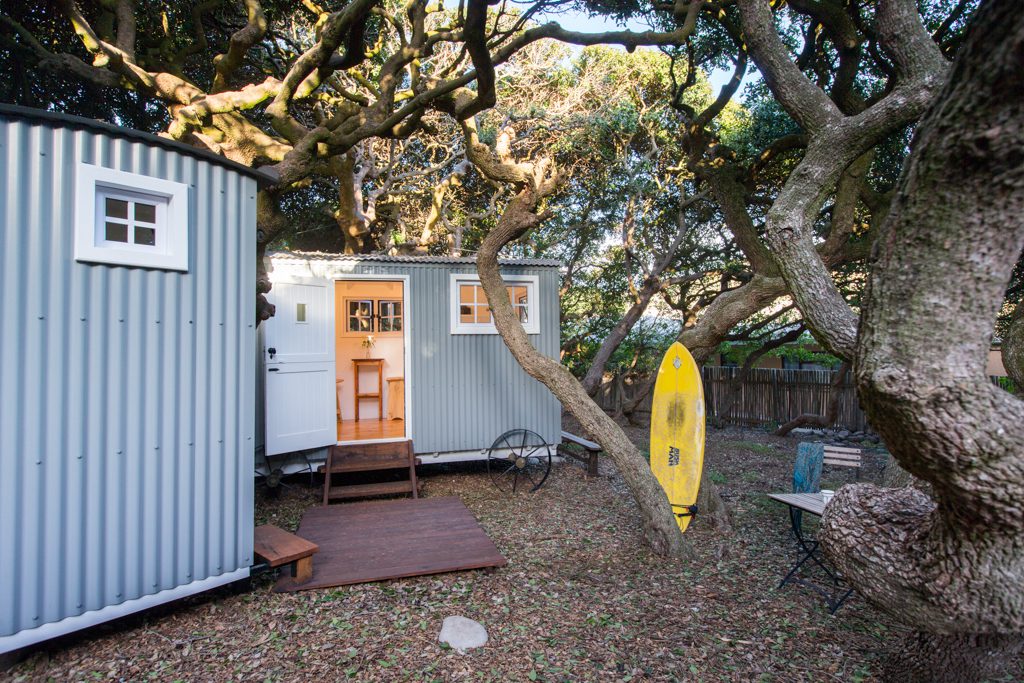
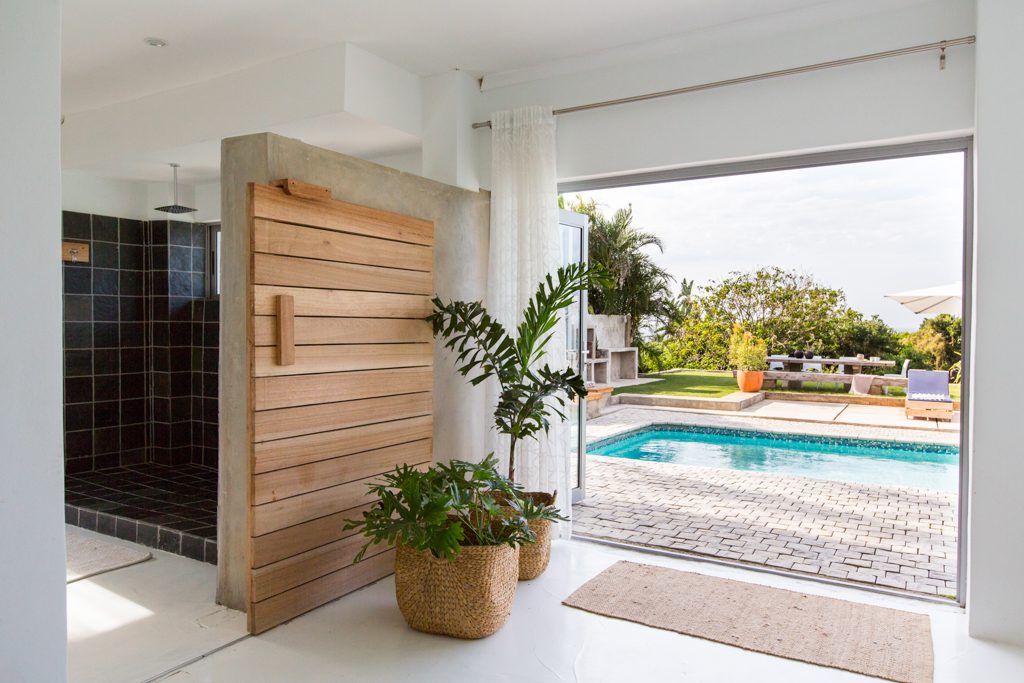

 Between the seaside villages of Onrus and Vermont, just outside Hermanus, is a tranquil four-kilometre coastal pathway known as the Vermont Trail. And roughly in its middle, directly opposite the rocks, you’ll find Lavender Beach, a quaint face among modern neighbours. The main cottage offers two double rooms and kids will quickly turn the dorm-style accommodation on the top floor into one long sleepover. On the same level is an alcove with wicker chairs overlooking the sea – a reading spot, or card-games area. Behind the house is a sheltered place to braai, and a one-roomed flat for overflow guests. (It’s private, and has views down the driveway to the sea.) Vermont is peaceful; bordering on a number of green belts, it’s rich in endemic fynbos and bird life. Walking on the trail, you’ll pass milkwoods, tidal pools and quiet beaches, and might spot a few whales along the way. Reviewed by Teagan Cunniffe.
Between the seaside villages of Onrus and Vermont, just outside Hermanus, is a tranquil four-kilometre coastal pathway known as the Vermont Trail. And roughly in its middle, directly opposite the rocks, you’ll find Lavender Beach, a quaint face among modern neighbours. The main cottage offers two double rooms and kids will quickly turn the dorm-style accommodation on the top floor into one long sleepover. On the same level is an alcove with wicker chairs overlooking the sea – a reading spot, or card-games area. Behind the house is a sheltered place to braai, and a one-roomed flat for overflow guests. (It’s private, and has views down the driveway to the sea.) Vermont is peaceful; bordering on a number of green belts, it’s rich in endemic fynbos and bird life. Walking on the trail, you’ll pass milkwoods, tidal pools and quiet beaches, and might spot a few whales along the way. Reviewed by Teagan Cunniffe.



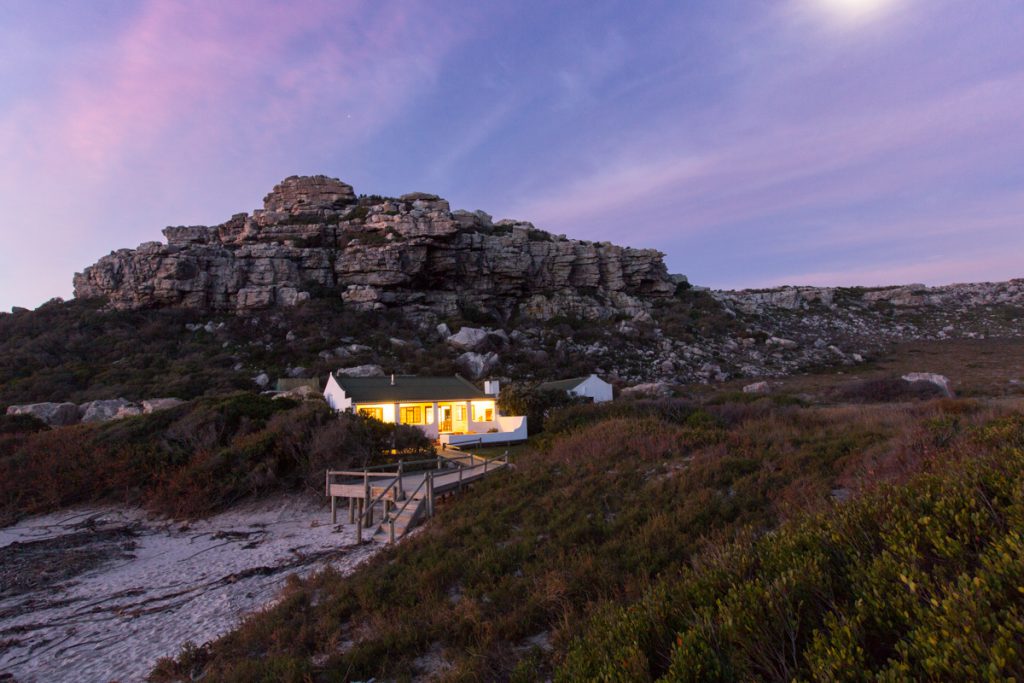
















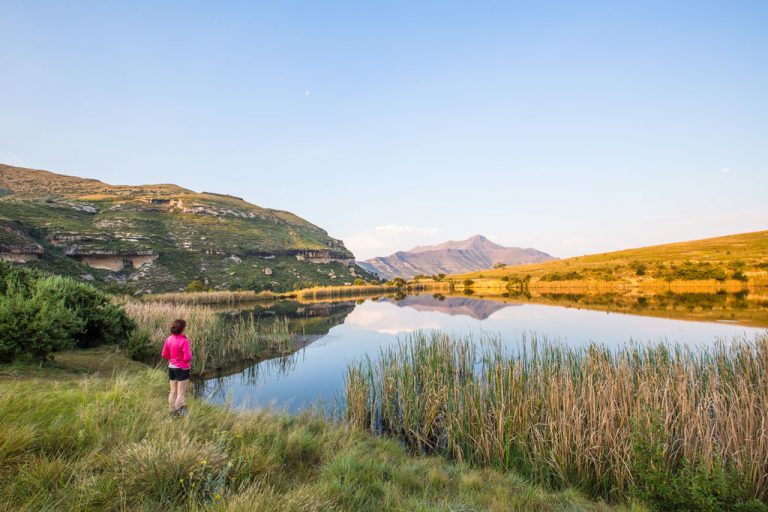

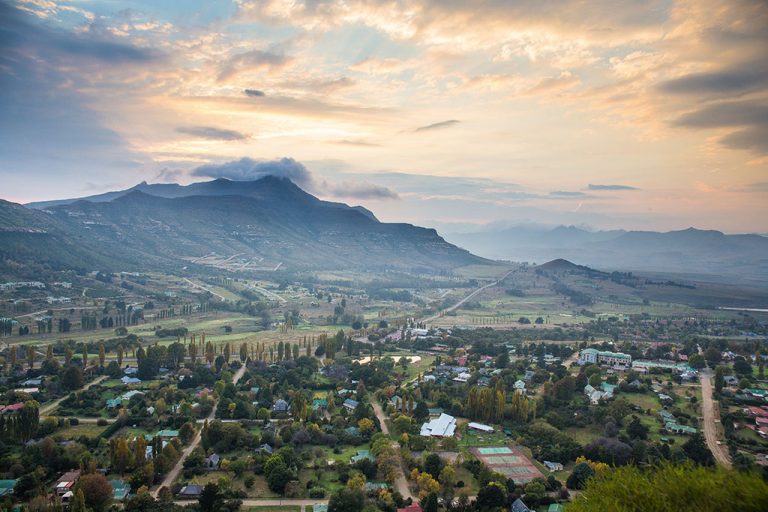
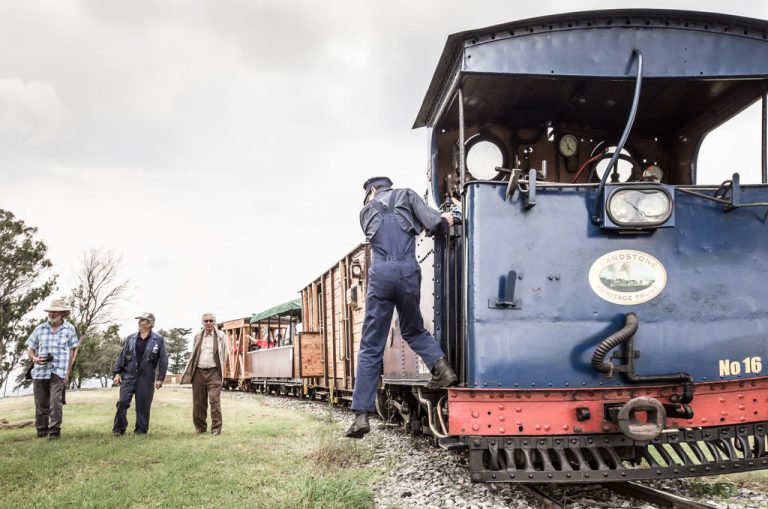
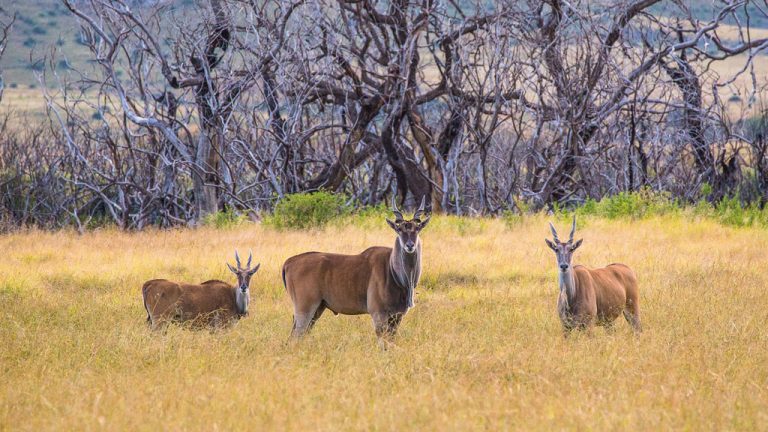
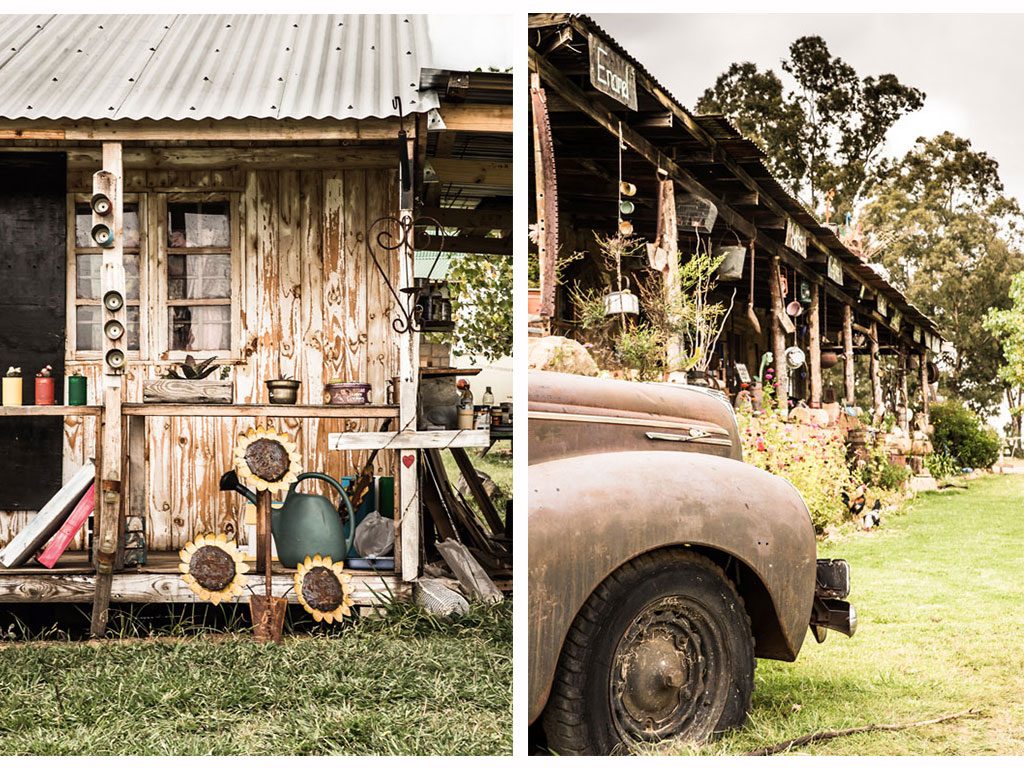

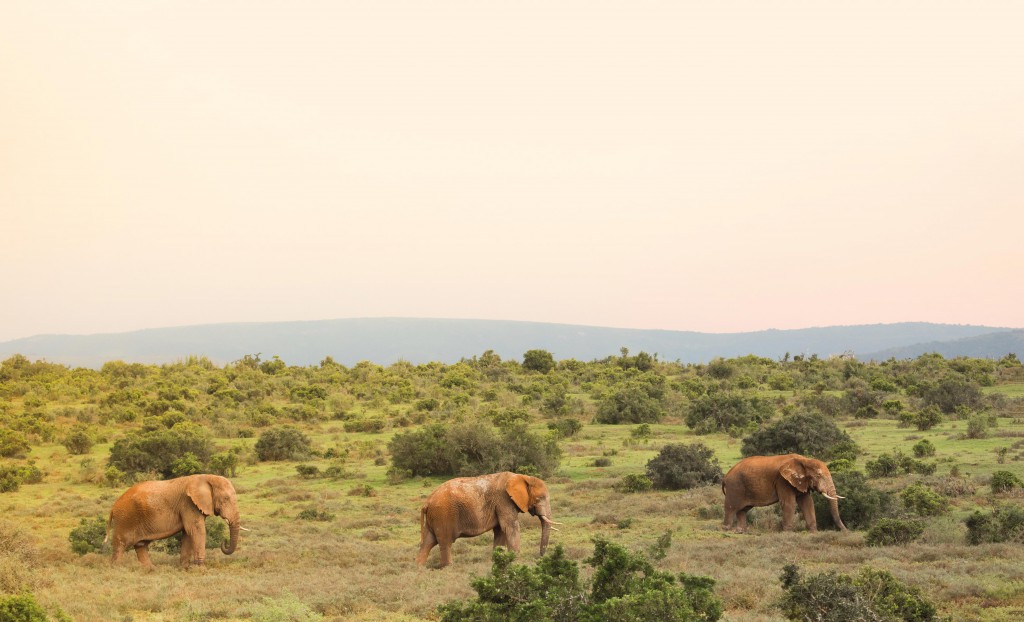
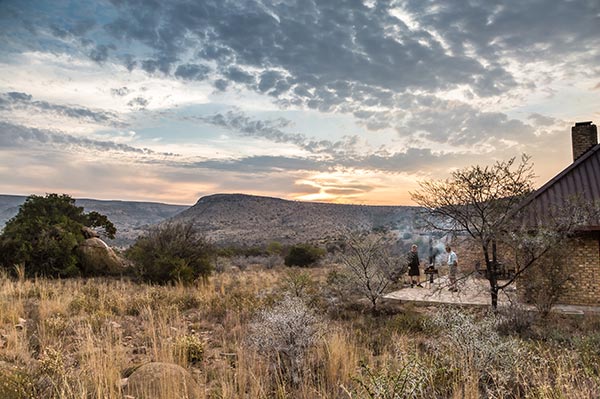
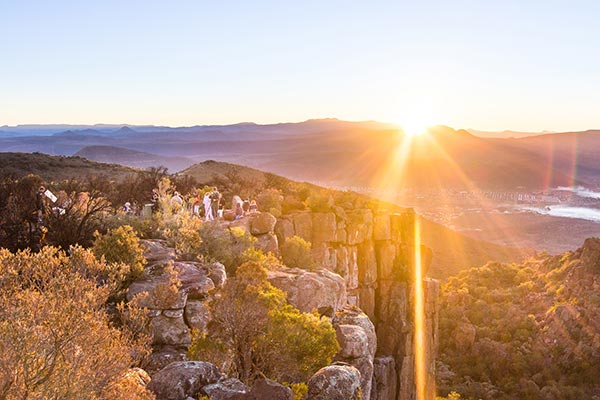
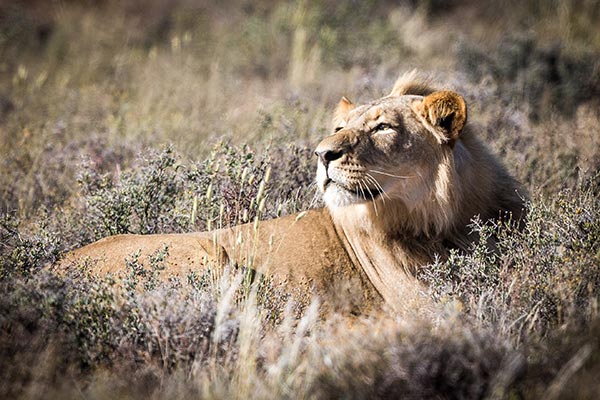



 Delectable ice-cream sandwich combos are the perfect summer treat. Visit Crumbs and Cream in Illovo and get a DIY Crumbs Kit. Choose your ice-cream flavours (you get five in the kit), select your favourite freshly baked cookie and build them however you want.
Delectable ice-cream sandwich combos are the perfect summer treat. Visit Crumbs and Cream in Illovo and get a DIY Crumbs Kit. Choose your ice-cream flavours (you get five in the kit), select your favourite freshly baked cookie and build them however you want.  Watch films from the likes of Tarantino at The Bioscope Independent Cinema Get comfy in a recycled car seat and watch movies at The Bioscope cinema. It used to be a panel beaters in the 1970s and clings to its past with an industrial feel enhanced by mechanic’s lighting. Sunday Cinema (a series of free short films, mostly locally made) begins at 11:00 and runs until 14:00, so you can watch as many as you want. Two of them, The Place of Light and Made in Maboneng, document the origin of the precinct and tell the shop owners’ stories. There is a pizzeria/coffee shop on site. In addition to its regular roster of full- length feature films and doccies, look out for the outdoor screenings on a rooftop in Maboneng and witty themed nights (kung-fu, ‘ugly cry’ etc).
Watch films from the likes of Tarantino at The Bioscope Independent Cinema Get comfy in a recycled car seat and watch movies at The Bioscope cinema. It used to be a panel beaters in the 1970s and clings to its past with an industrial feel enhanced by mechanic’s lighting. Sunday Cinema (a series of free short films, mostly locally made) begins at 11:00 and runs until 14:00, so you can watch as many as you want. Two of them, The Place of Light and Made in Maboneng, document the origin of the precinct and tell the shop owners’ stories. There is a pizzeria/coffee shop on site. In addition to its regular roster of full- length feature films and doccies, look out for the outdoor screenings on a rooftop in Maboneng and witty themed nights (kung-fu, ‘ugly cry’ etc). Fasten the laces and embrace a faster pace at Roll Egoli, an all-weather roller- skating rink in Bryanston. Pop on some old-school skates (the ones with two sets of wheels beside each other) and glide around the smooth concrete floors. Great for all ages, at night the mirror ball and lights at night create a funky ‘disco’ atmosphere. Once you’ve worked up an appetite, order a large wood- red pizza (R110) and finish off with home-made gelato in the garden. Open 09:00 to 18:00, until 21:00 on Fridays and Saturdays. R75 for three hours, R35 skate hire.
Fasten the laces and embrace a faster pace at Roll Egoli, an all-weather roller- skating rink in Bryanston. Pop on some old-school skates (the ones with two sets of wheels beside each other) and glide around the smooth concrete floors. Great for all ages, at night the mirror ball and lights at night create a funky ‘disco’ atmosphere. Once you’ve worked up an appetite, order a large wood- red pizza (R110) and finish off with home-made gelato in the garden. Open 09:00 to 18:00, until 21:00 on Fridays and Saturdays. R75 for three hours, R35 skate hire. Not all summer days are outside days. Indoor climbing is the perfect antidote to bad-weather blues, and also just an exciting way to keep active. The bouldering sections (this is where you’ll want to hang out) of the gyms are covered in thick foam mats and the walls are speckled with multicoloured holds that cater for all different levels of climbing, including kids’ sections.
Not all summer days are outside days. Indoor climbing is the perfect antidote to bad-weather blues, and also just an exciting way to keep active. The bouldering sections (this is where you’ll want to hang out) of the gyms are covered in thick foam mats and the walls are speckled with multicoloured holds that cater for all different levels of climbing, including kids’ sections. Secret Sunrise, a growing movement of people of all ages who gather for a wholesome silent- disco session at dawn, combines a guided workout and freestyle dancing to start the day on an upbeat note. Wireless headphones allow you to lose yourself in the same music everyone else is grooving to. Locations change constantly (natural beauty spots or urban landmarks) but there’s always lots of scenic open space to pull your moves.
Secret Sunrise, a growing movement of people of all ages who gather for a wholesome silent- disco session at dawn, combines a guided workout and freestyle dancing to start the day on an upbeat note. Wireless headphones allow you to lose yourself in the same music everyone else is grooving to. Locations change constantly (natural beauty spots or urban landmarks) but there’s always lots of scenic open space to pull your moves. Knowing what lurks below, the ‘FlyOver’ at Croc City (home to Nile crocodiles, alligators and caimans) is extra scary. The four-metre zipline passes over two enclosures and the eight-metre zipline goes over three; the ziplines are up to five metres high. There’s also a guided tour (on land) every 30 minutes.
Knowing what lurks below, the ‘FlyOver’ at Croc City (home to Nile crocodiles, alligators and caimans) is extra scary. The four-metre zipline passes over two enclosures and the eight-metre zipline goes over three; the ziplines are up to five metres high. There’s also a guided tour (on land) every 30 minutes.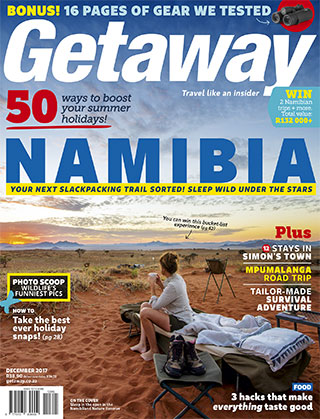



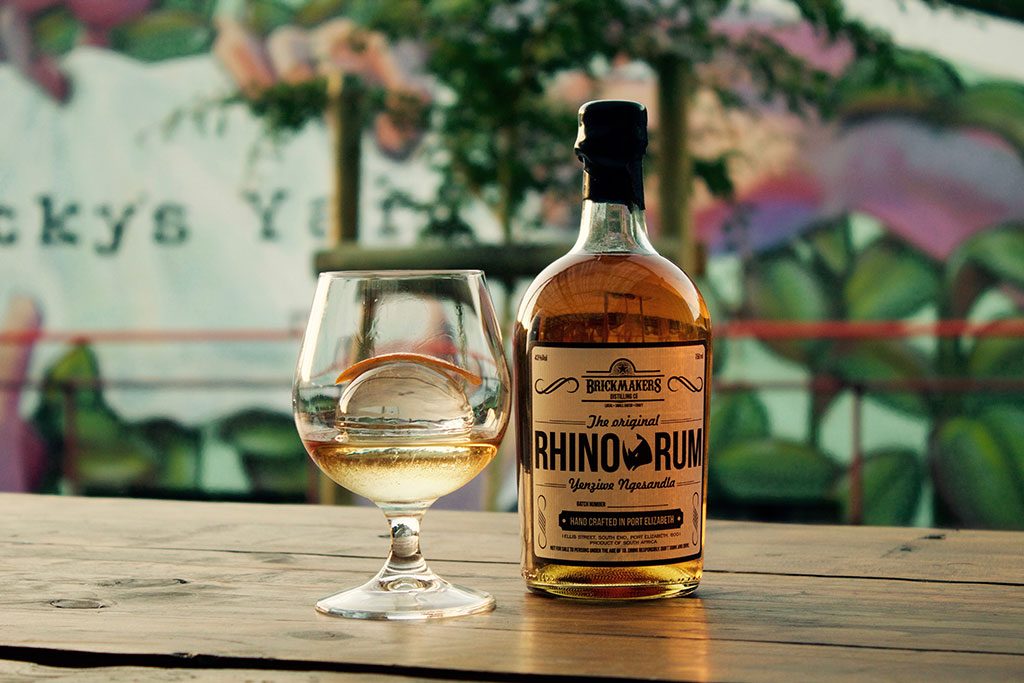












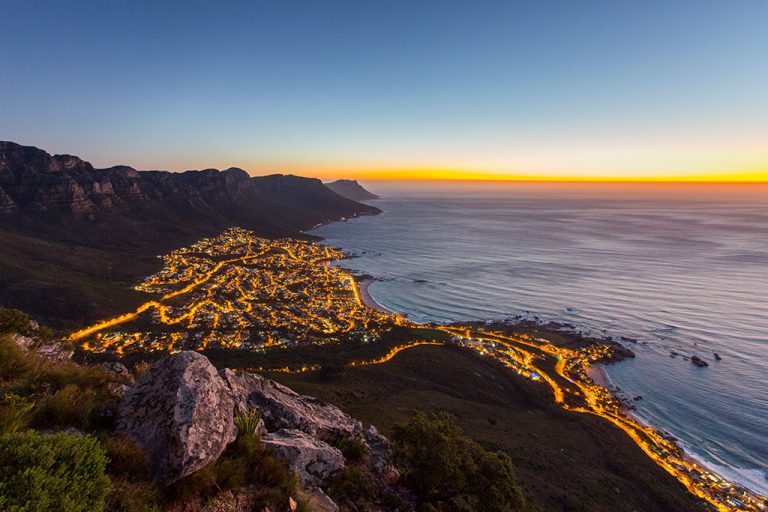
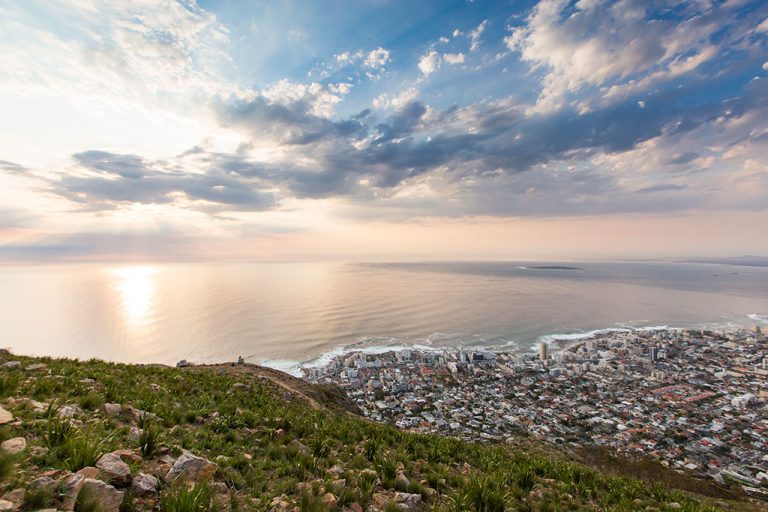
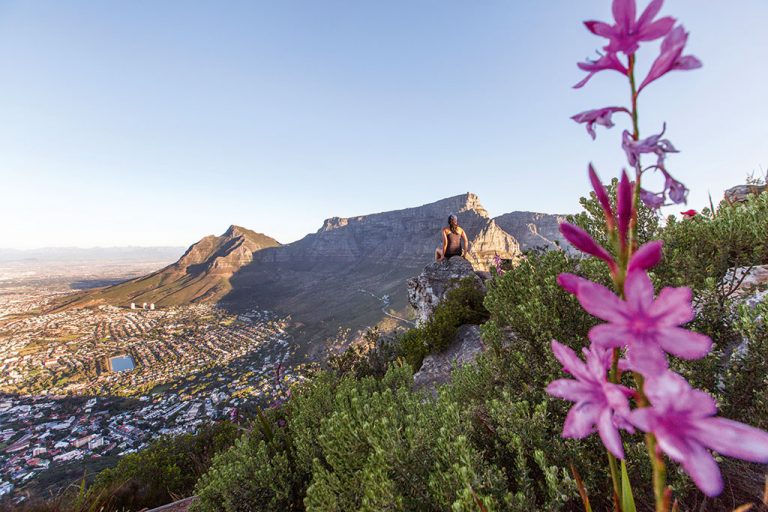
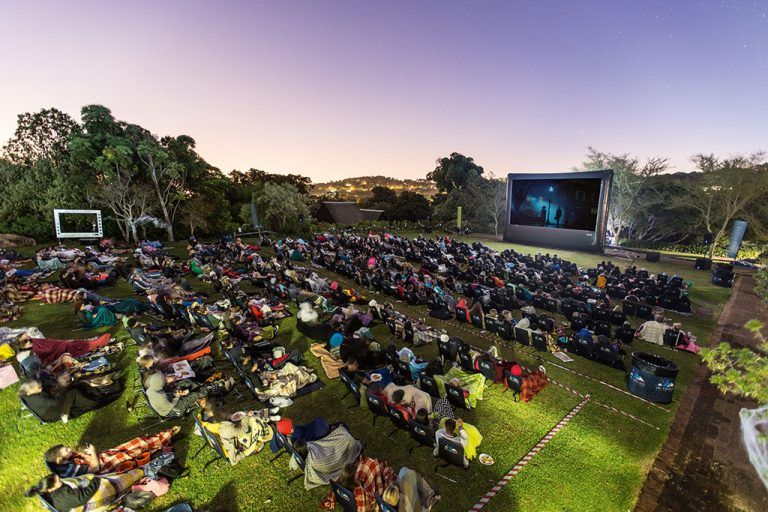

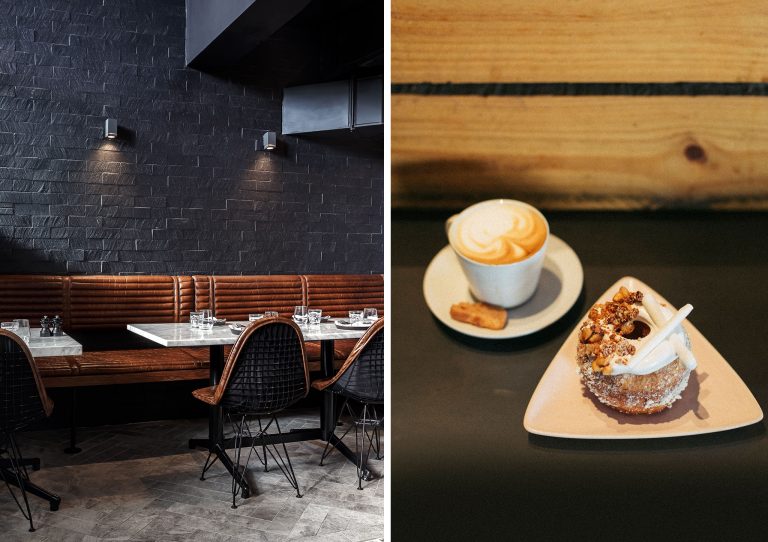

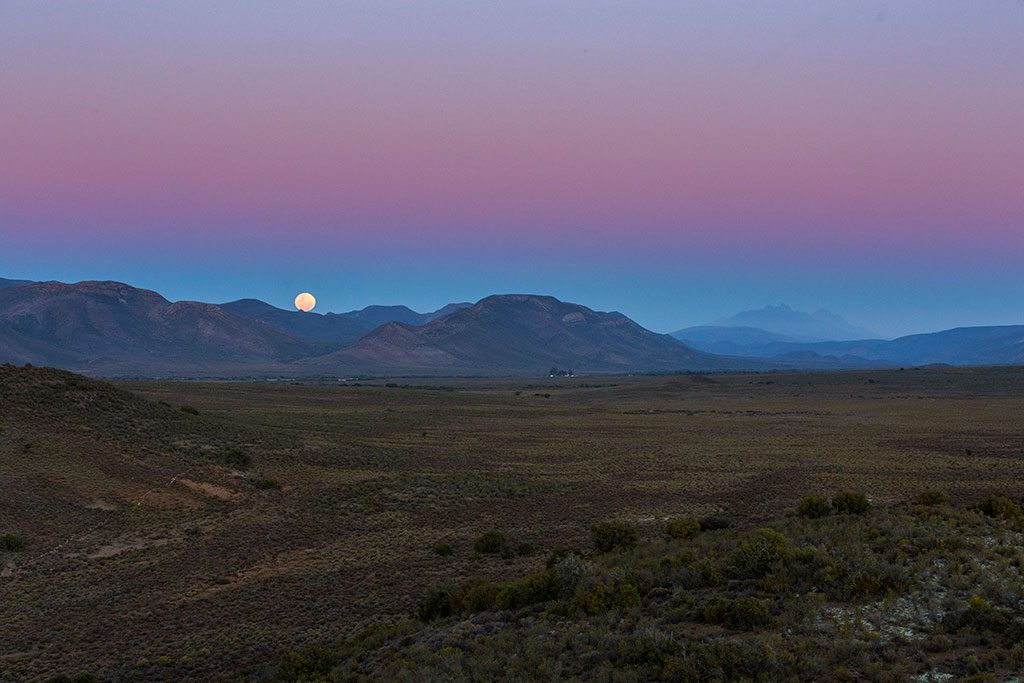
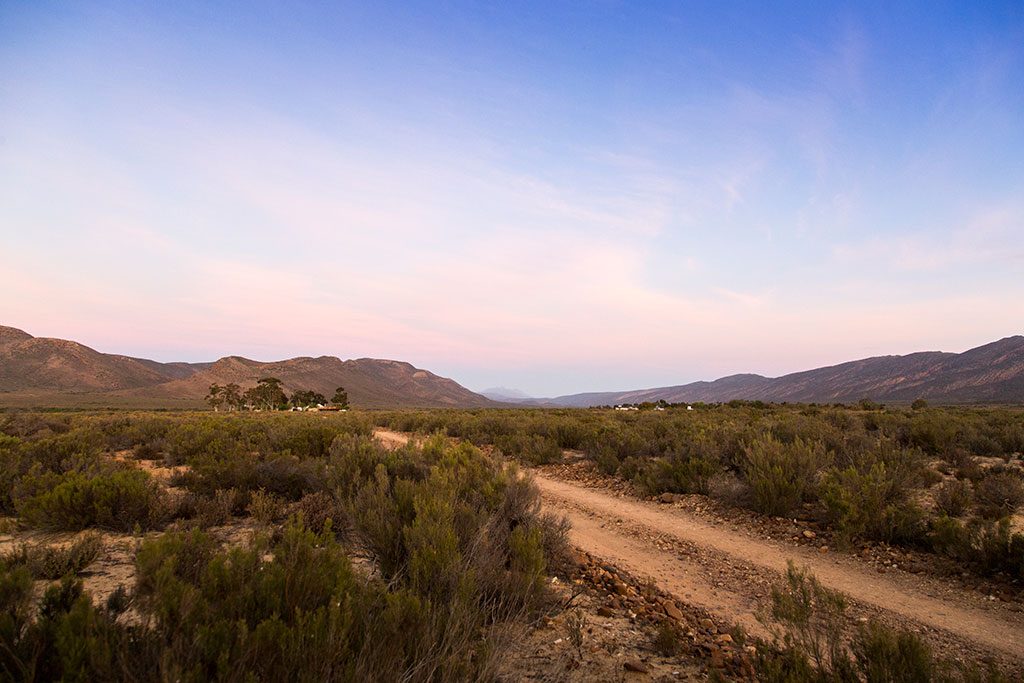
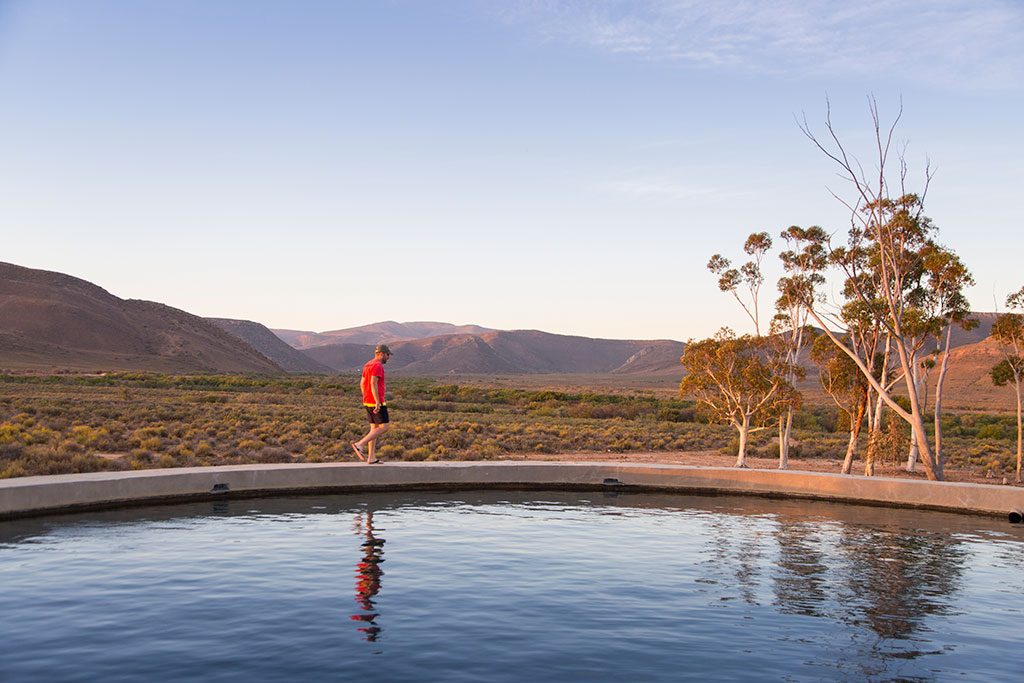
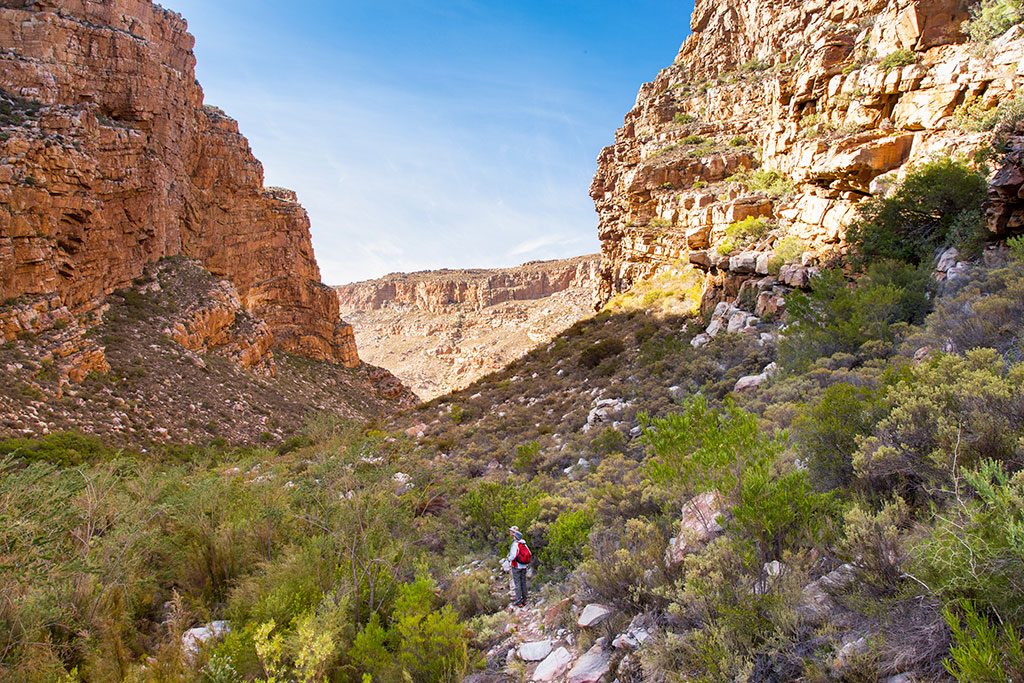
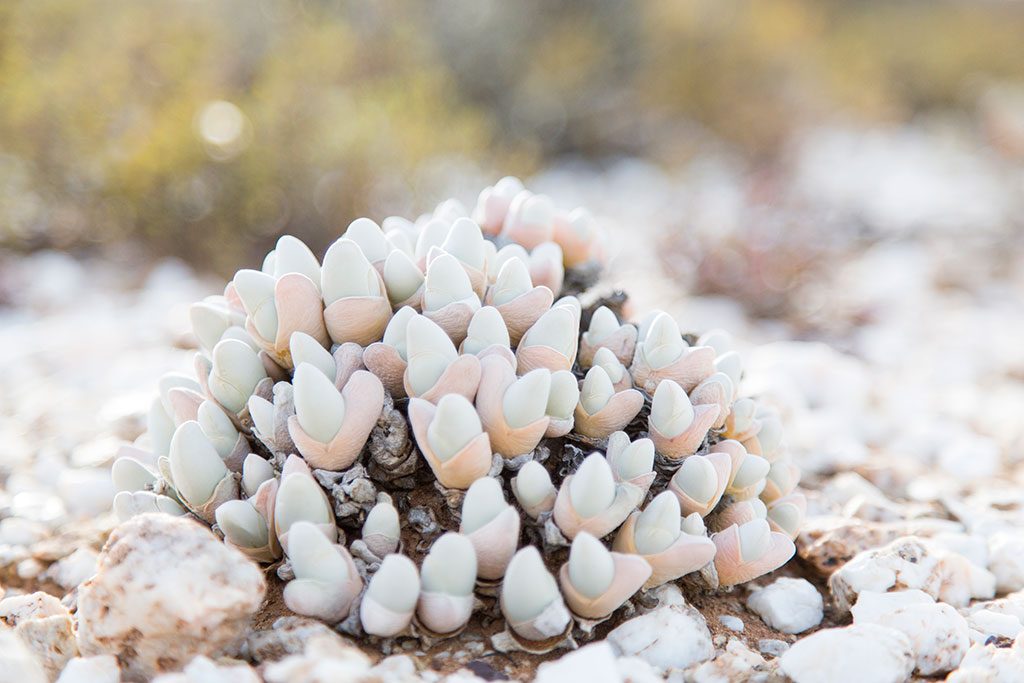
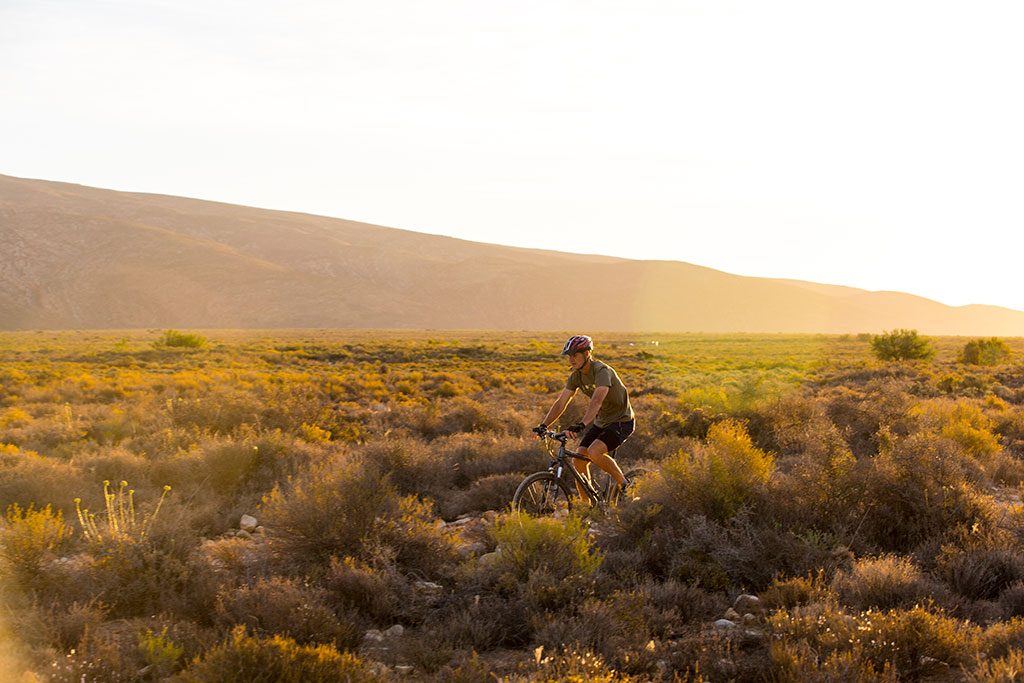
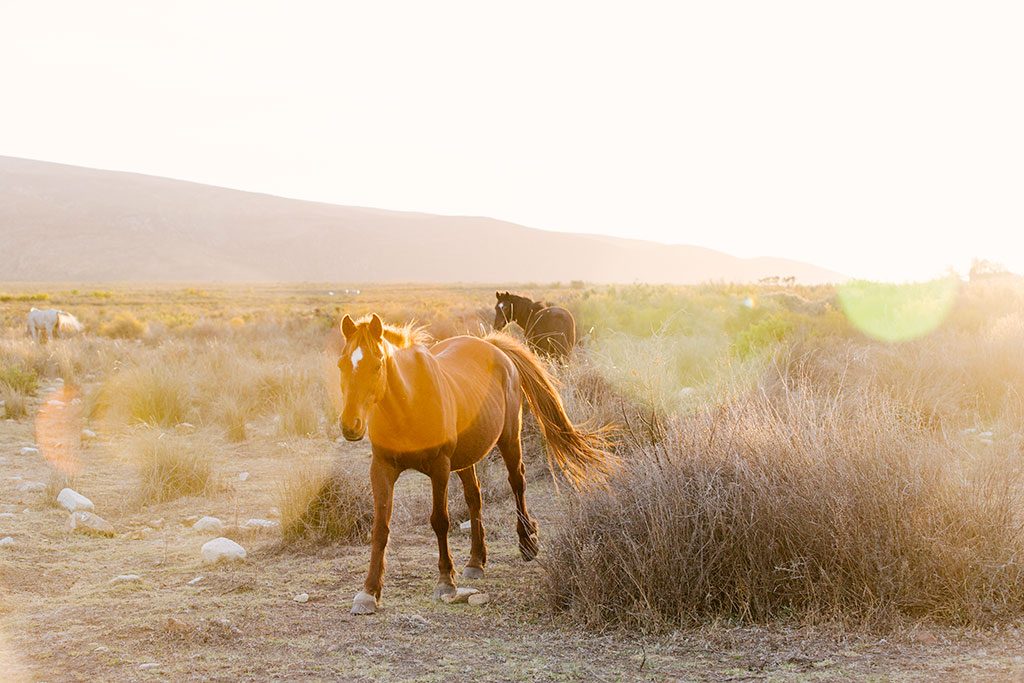

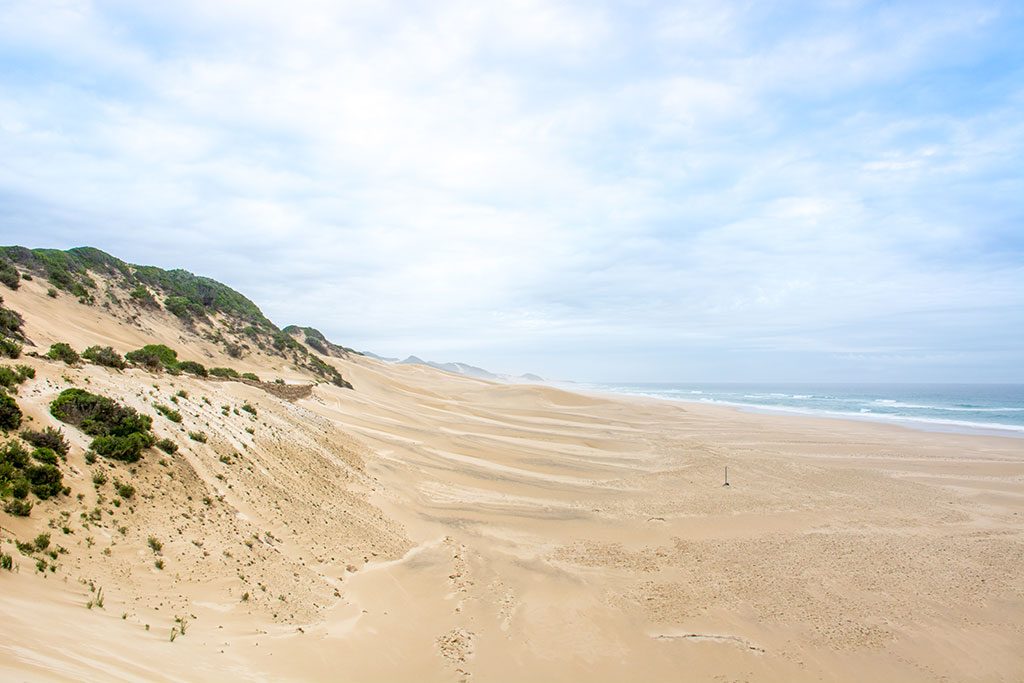
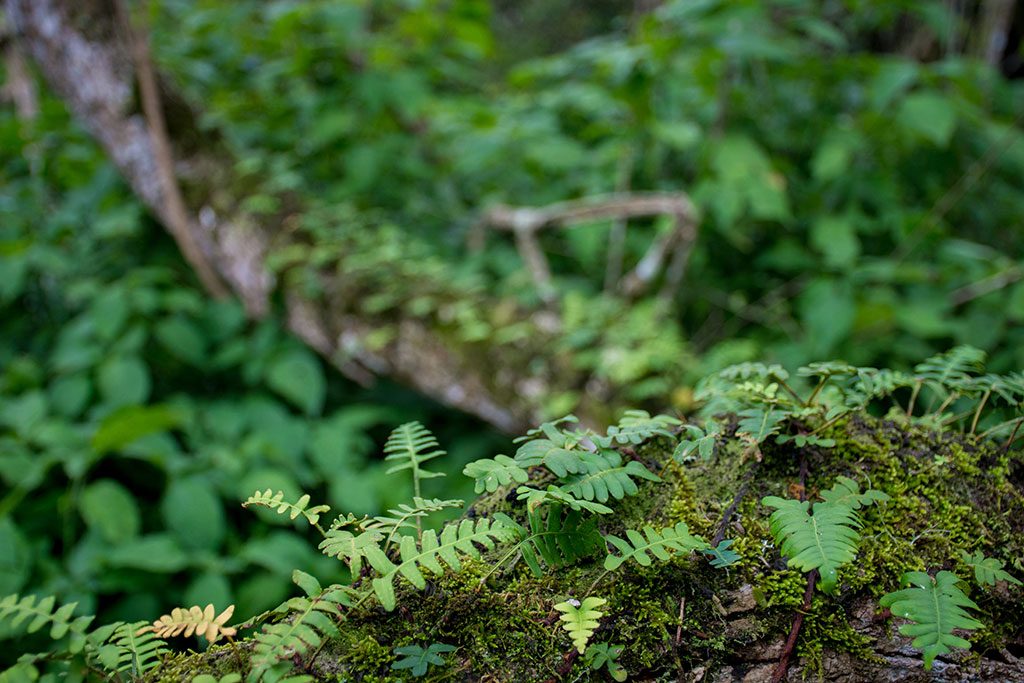
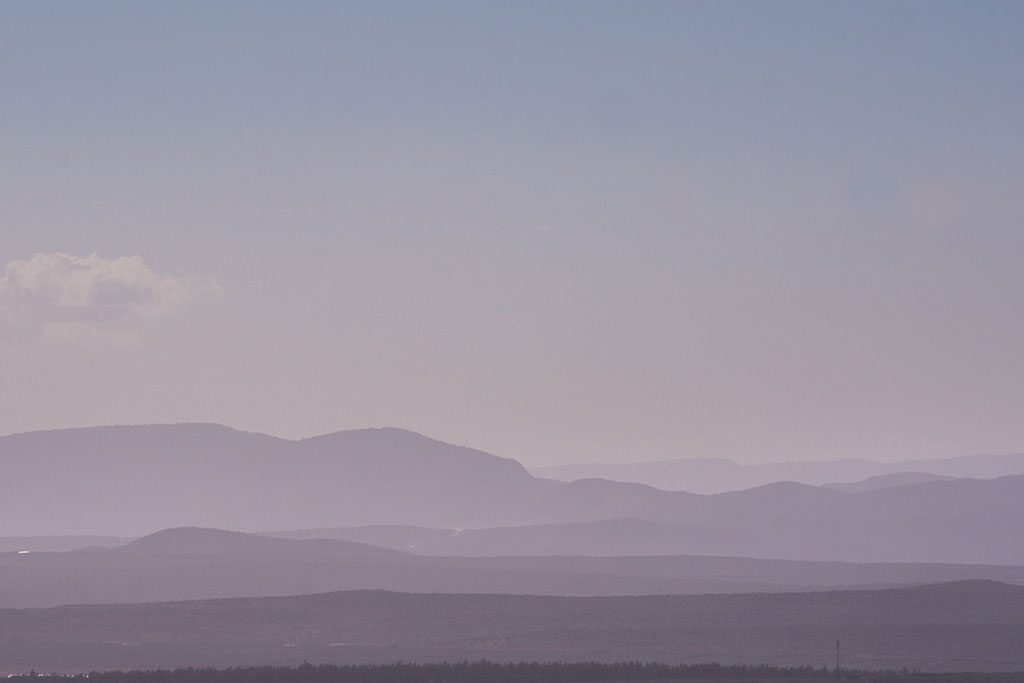
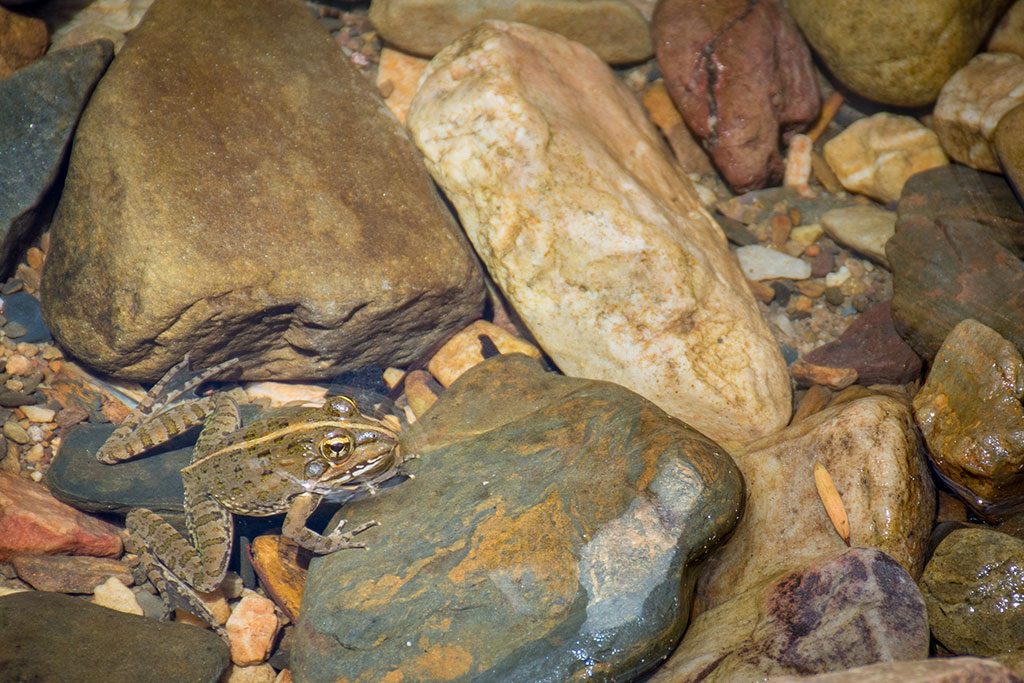
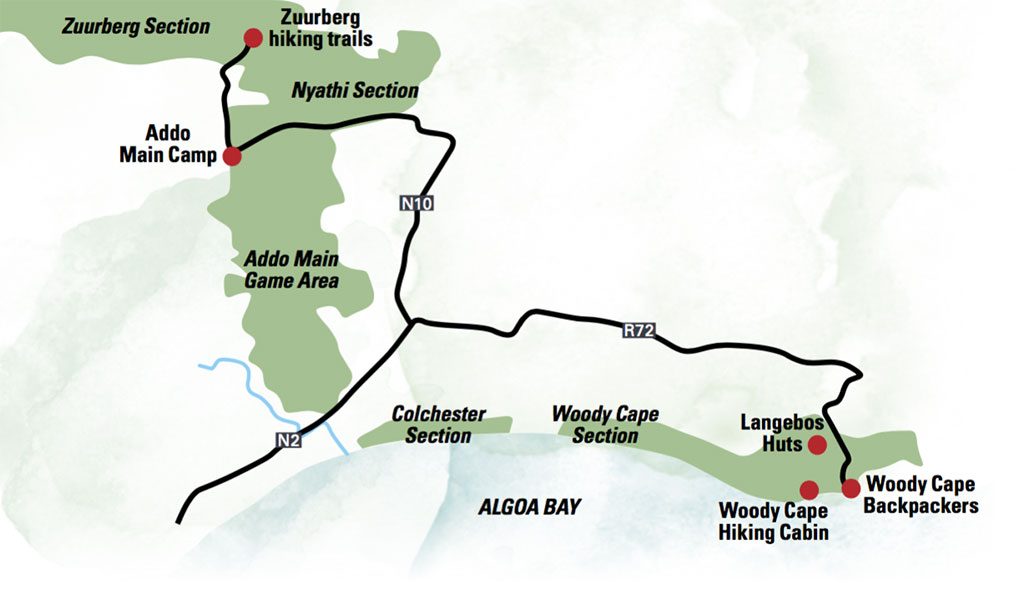
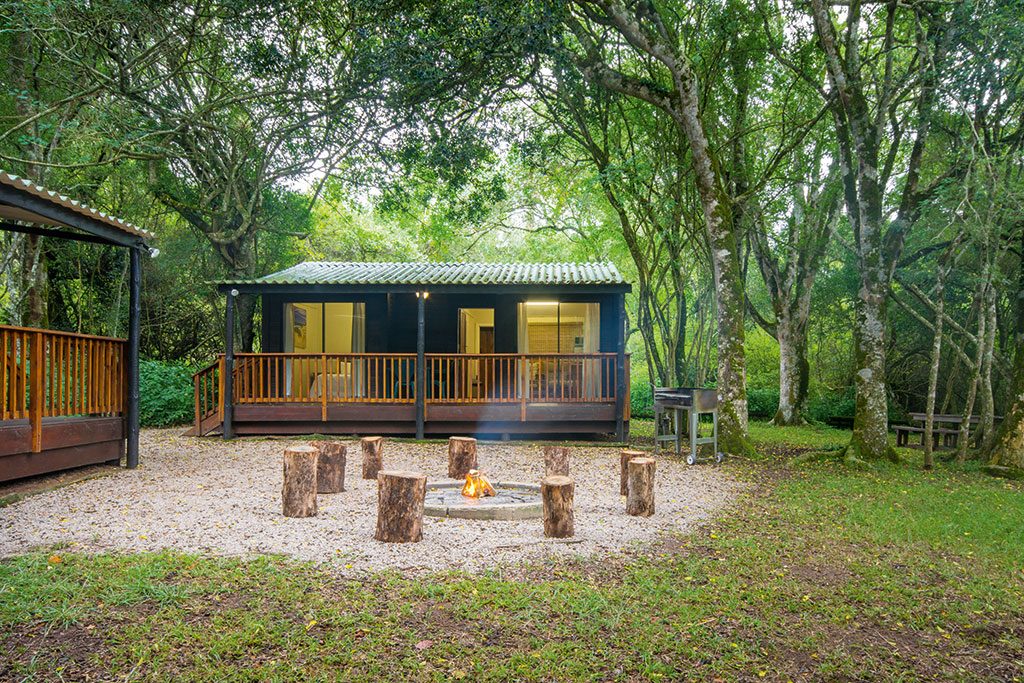
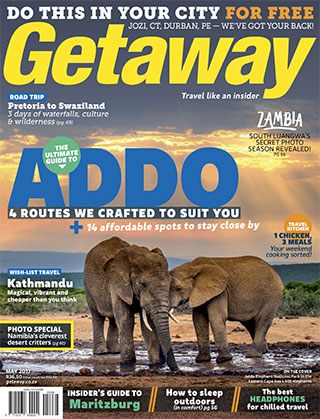





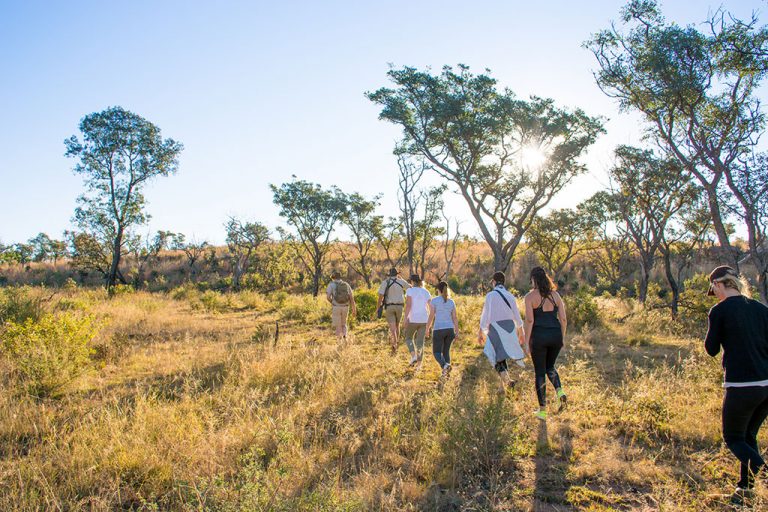





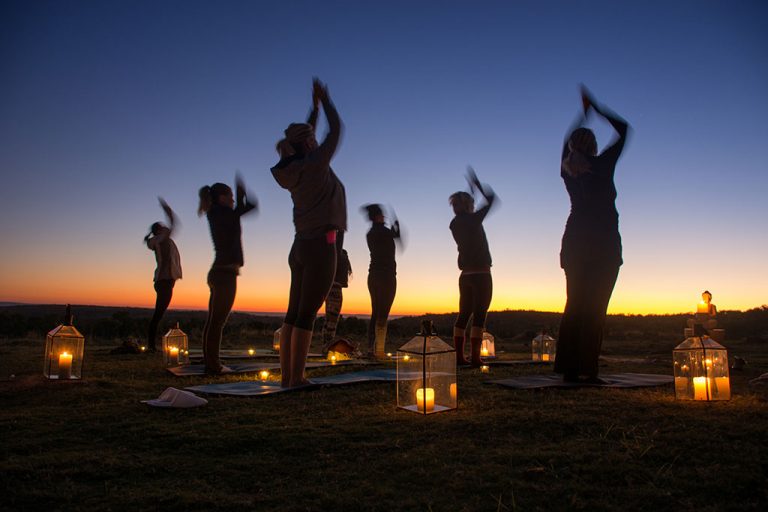



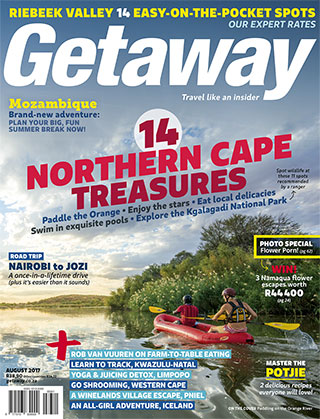








 Ice cream tastes amazingly good, but it can also be imaginative, artisanal and even healthy too. The egg waffle is an Instagram sensation, dessert tacos can be filled with double caramel ice cream, candied nuts, caramel sauce and toasted marshmallow meringue or theres the Thai handcrafted rolled ice cream.
Ice cream tastes amazingly good, but it can also be imaginative, artisanal and even healthy too. The egg waffle is an Instagram sensation, dessert tacos can be filled with double caramel ice cream, candied nuts, caramel sauce and toasted marshmallow meringue or theres the Thai handcrafted rolled ice cream.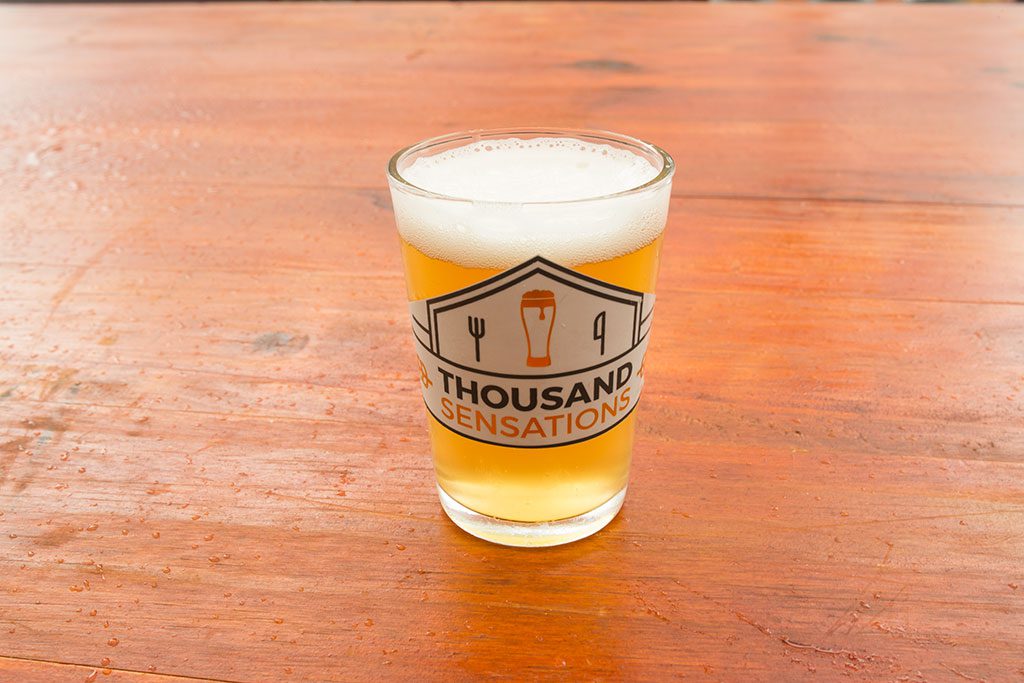 Attending the Thousand Sensations Craft Beer and Food Festival gave us some great insight. These are our top suggestions for both novice and advanced beer drinkers looking for that perfect easy-drinking beer.
Attending the Thousand Sensations Craft Beer and Food Festival gave us some great insight. These are our top suggestions for both novice and advanced beer drinkers looking for that perfect easy-drinking beer.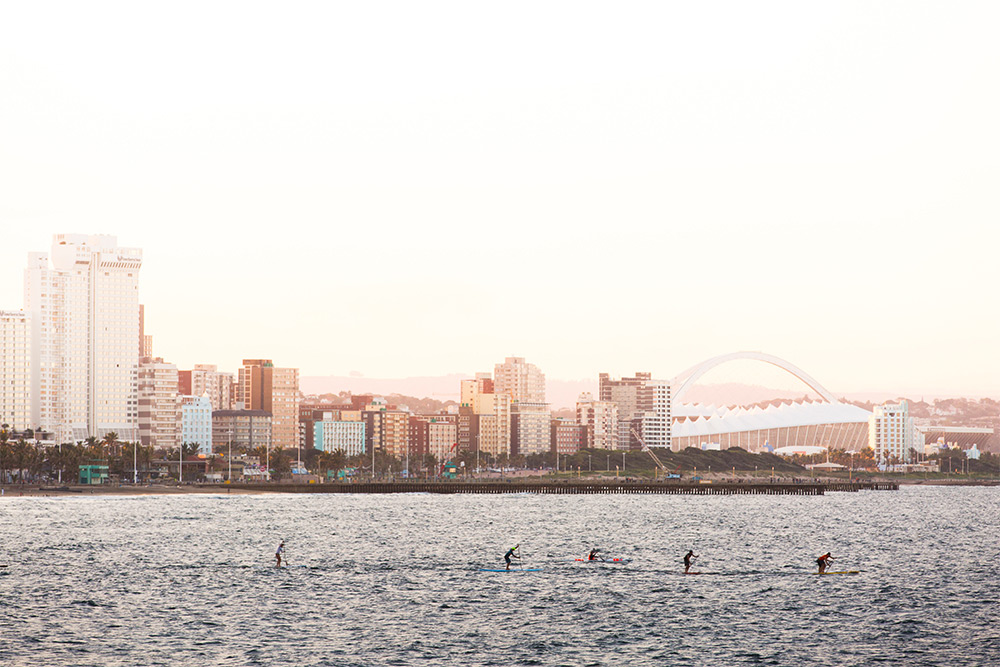 A Blue Flag assures you that the beach is clean, safe and environmentally friendly. We roped in an expert to curate the best possible list of South African beaches to visit this summer and have some great
A Blue Flag assures you that the beach is clean, safe and environmentally friendly. We roped in an expert to curate the best possible list of South African beaches to visit this summer and have some great 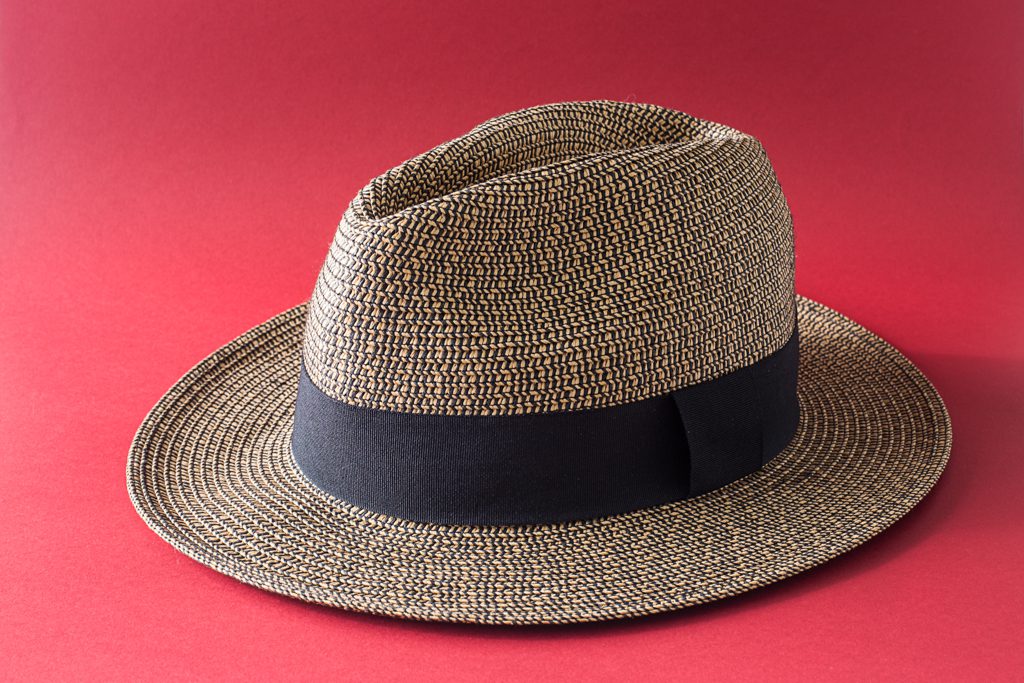 Exceptional sun protection, made from natural fibre and spot washable this is the only hat you need to go outside.
Exceptional sun protection, made from natural fibre and spot washable this is the only hat you need to go outside.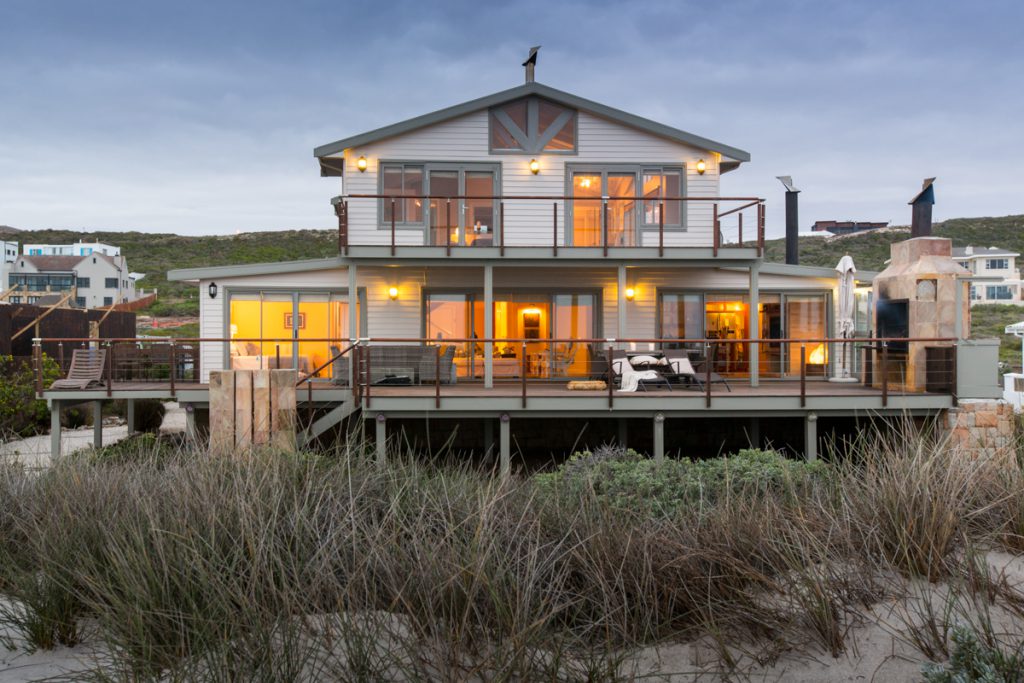 These 11 beautiful beach cottages and houses are perfect for chilling with – and are all less than 90 minutes from the nearest airport.
These 11 beautiful beach cottages and houses are perfect for chilling with – and are all less than 90 minutes from the nearest airport.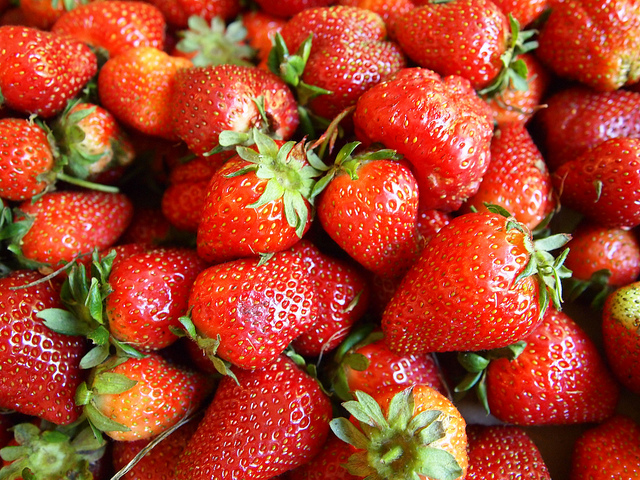 If you’re looking for fresh, juicy fruit this summer, it won’t get any better than picking it yourself. Put on a hat, slather on some sunscreen, and spend a day among the plants on one of these farms across South Africa.
If you’re looking for fresh, juicy fruit this summer, it won’t get any better than picking it yourself. Put on a hat, slather on some sunscreen, and spend a day among the plants on one of these farms across South Africa.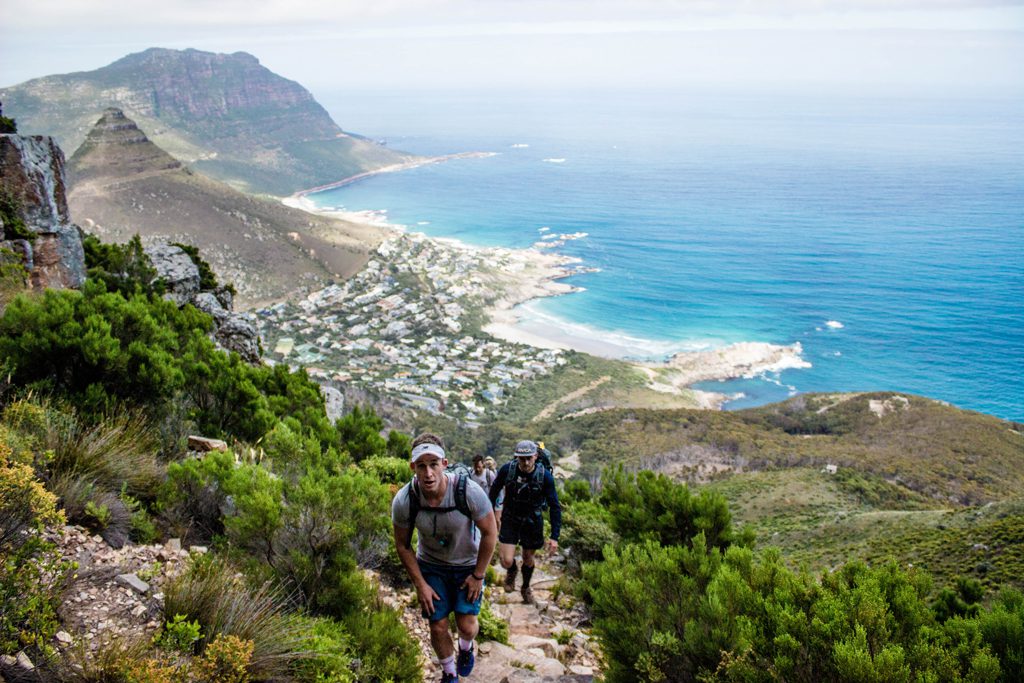
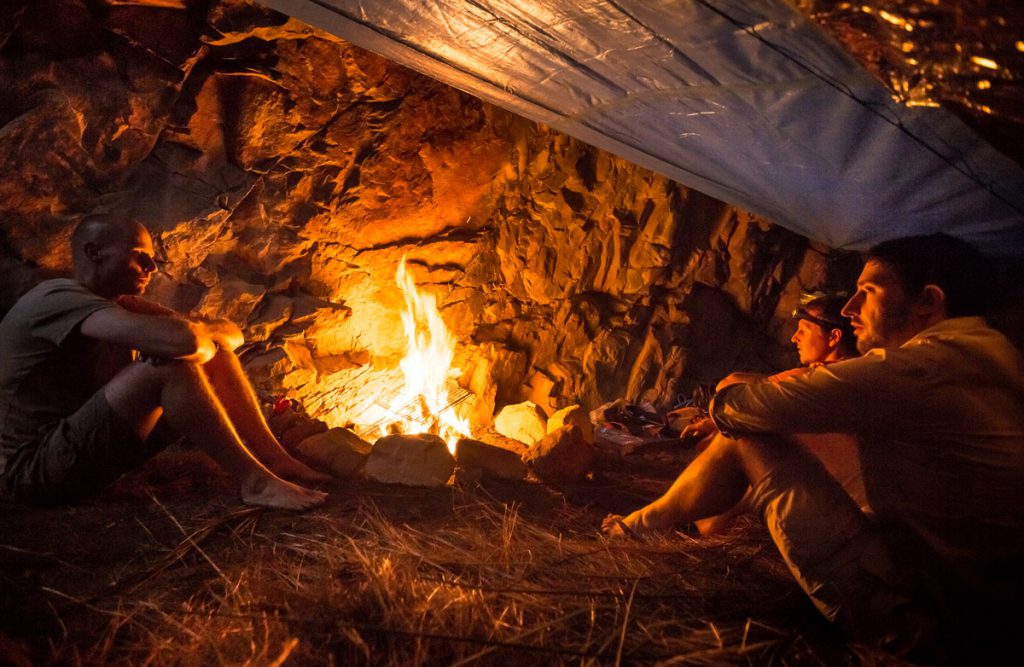
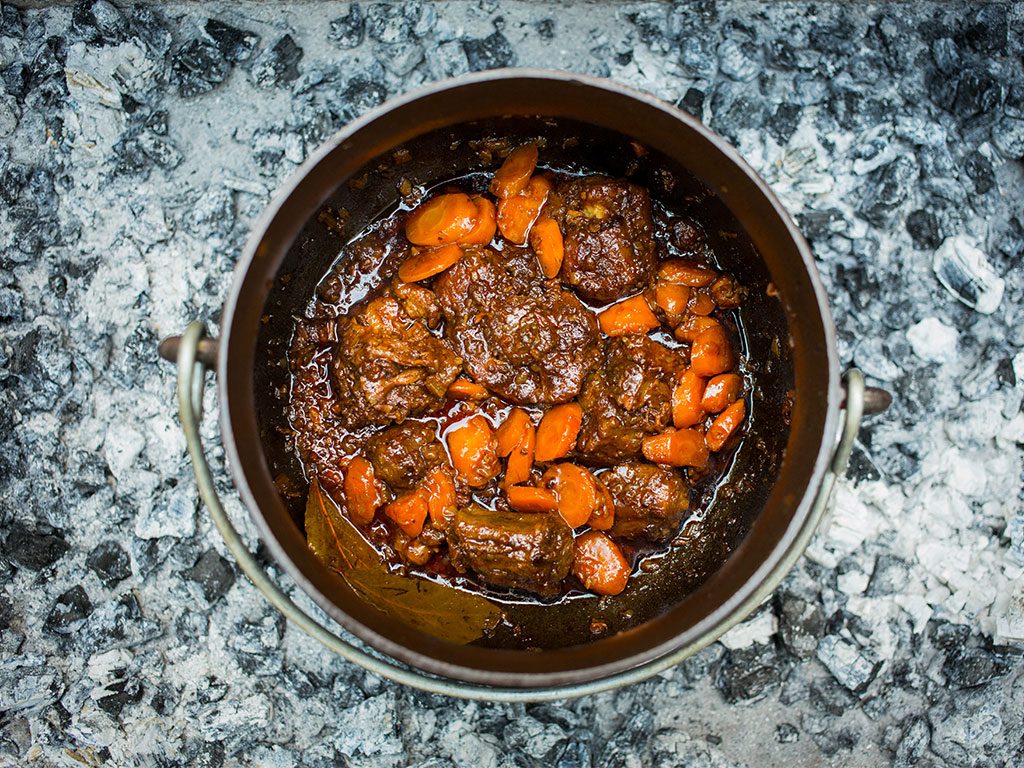
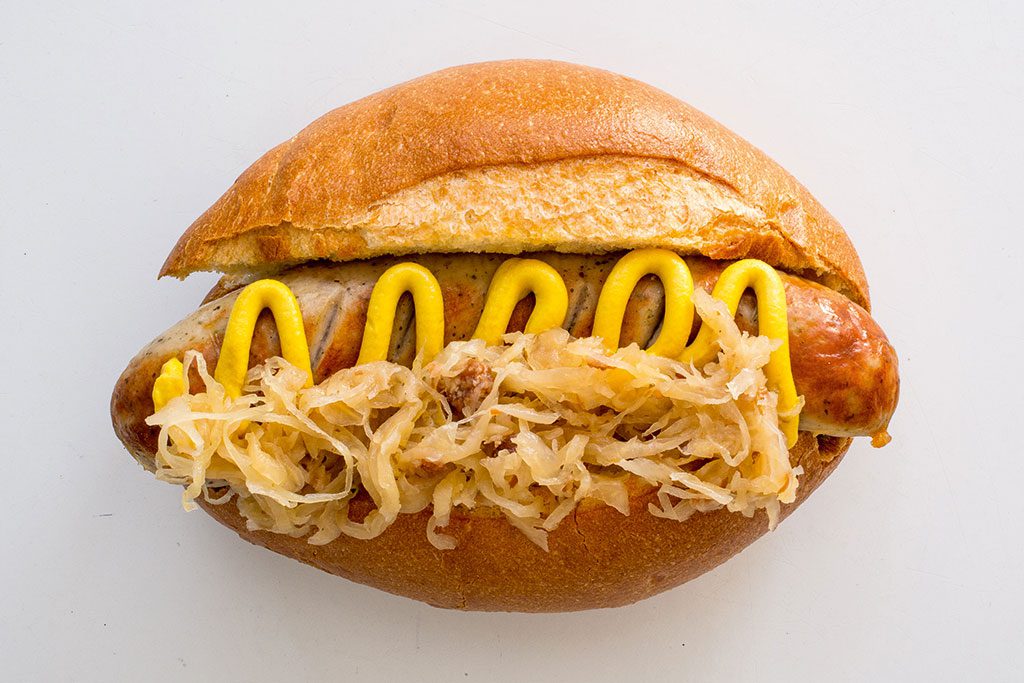 German-style sausages are brilliant convenience food. They travel well and cook in no time at all. Serve them as hot dogs or turn them into supper.
German-style sausages are brilliant convenience food. They travel well and cook in no time at all. Serve them as hot dogs or turn them into supper.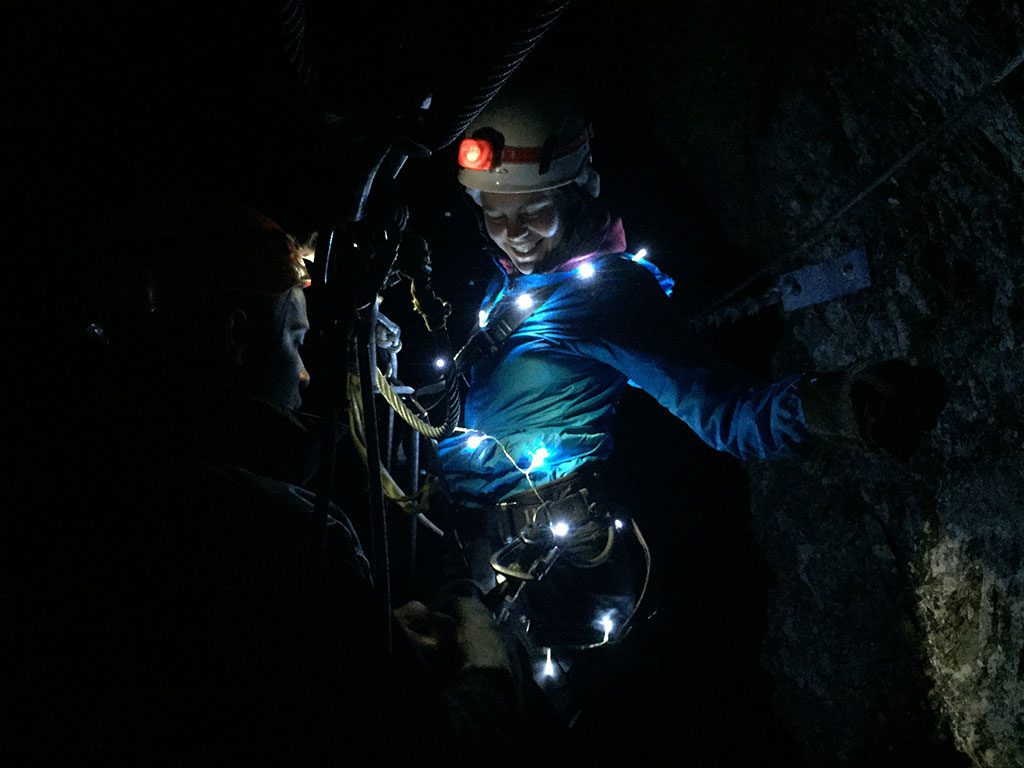 Evenings aren’t just for winding down. They’re for adventures too. These activities will have you racing around your city, boogying in an ice rink and climbing walls that move. Here are 14 activities you can extend into the evening in Joburg, Cape Town, Durban and Port Elizabeth.
Evenings aren’t just for winding down. They’re for adventures too. These activities will have you racing around your city, boogying in an ice rink and climbing walls that move. Here are 14 activities you can extend into the evening in Joburg, Cape Town, Durban and Port Elizabeth.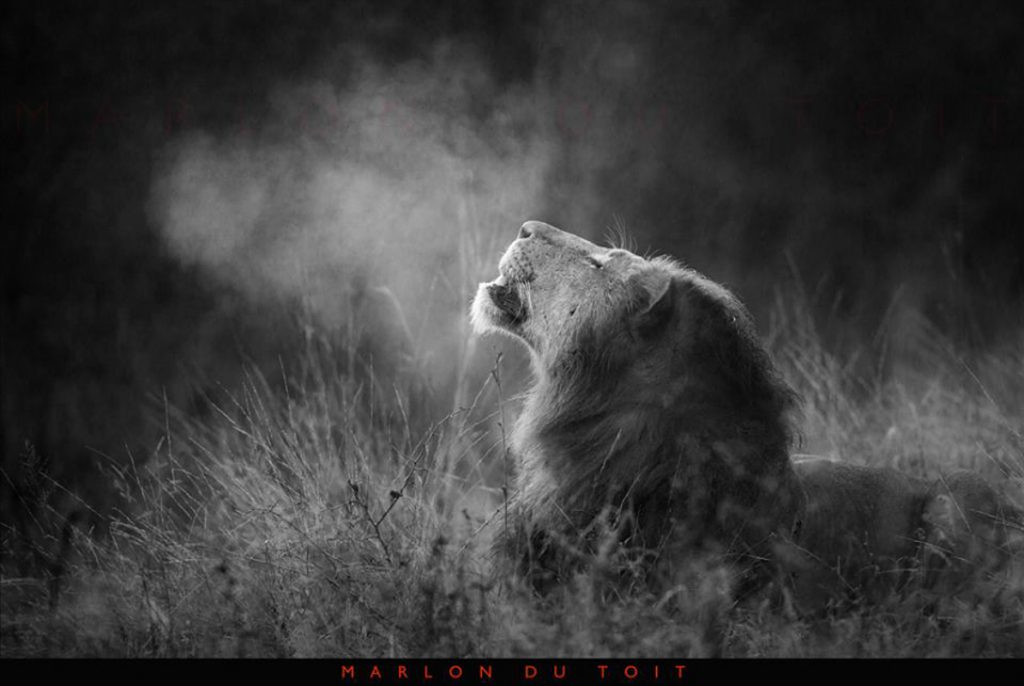
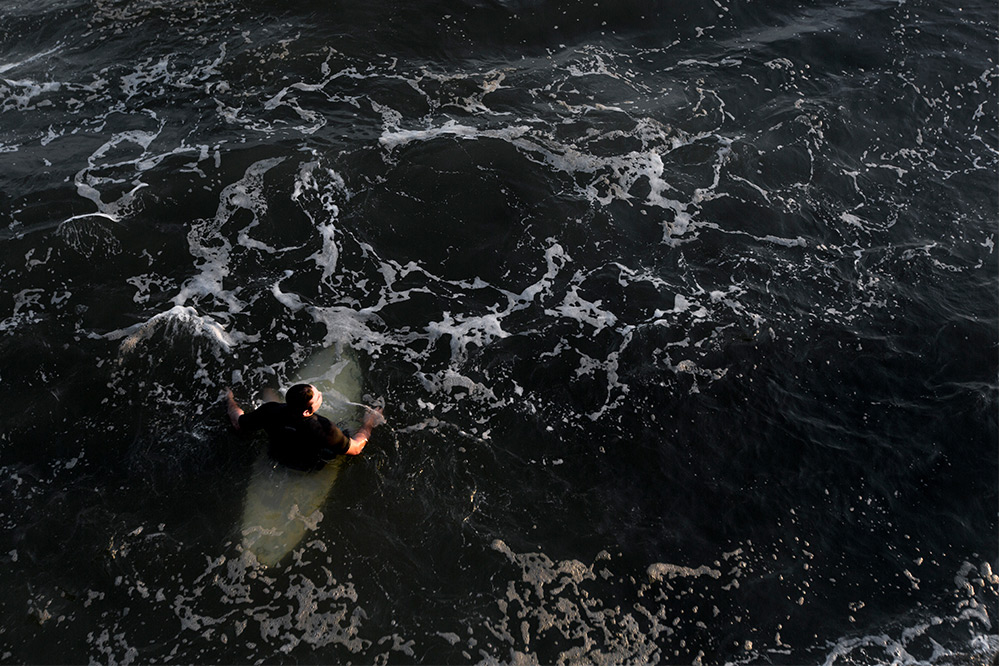 The 031 is South Africa’s playground thanks to her lovely beaches, but there’s more that you can dive into – and it’s for free! History buffs can spend hours at any one of the museums and art lovers will easily embrace Durban’s thriving creative scene. There’s also plenty on offer for outdoor and nature enthusiasts, and even classes for avid yoga devotees.
The 031 is South Africa’s playground thanks to her lovely beaches, but there’s more that you can dive into – and it’s for free! History buffs can spend hours at any one of the museums and art lovers will easily embrace Durban’s thriving creative scene. There’s also plenty on offer for outdoor and nature enthusiasts, and even classes for avid yoga devotees.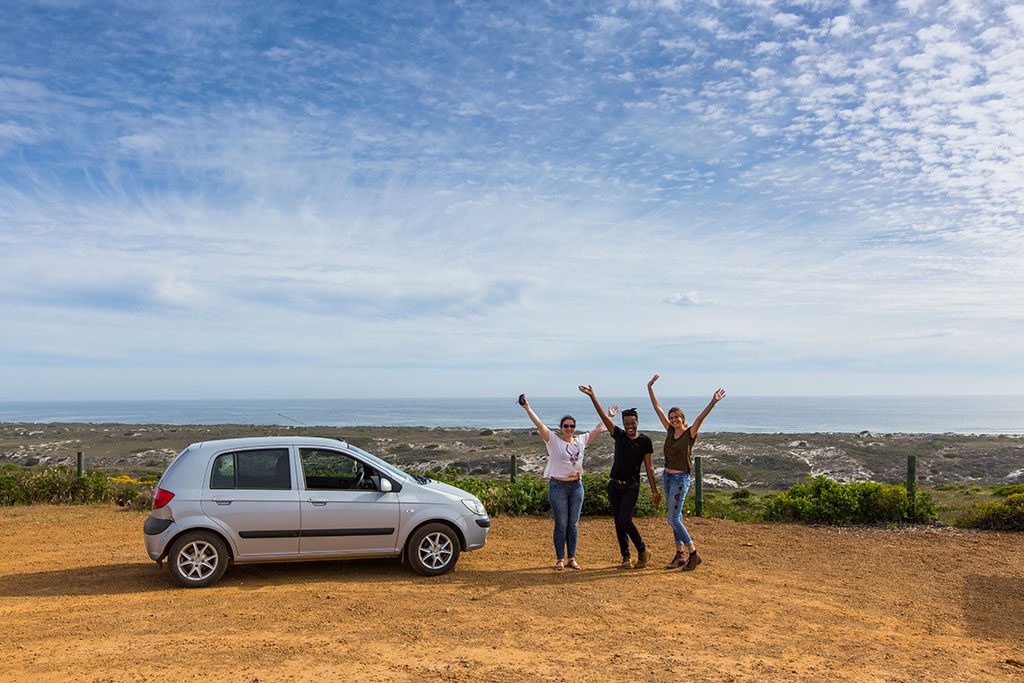 We know the Cape can get crowded in summer. We challenged our staff to find the three best one-day road trips out of Cape Town. They each got R500 spending money (way too much, it turns out). Here’s where they went.
We know the Cape can get crowded in summer. We challenged our staff to find the three best one-day road trips out of Cape Town. They each got R500 spending money (way too much, it turns out). Here’s where they went.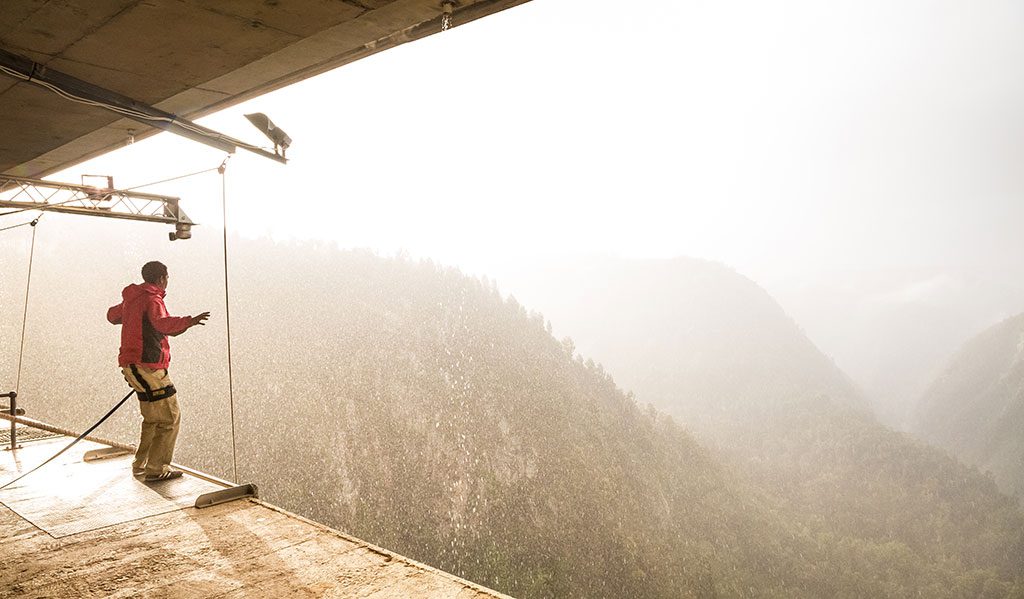













 Roosterkoek R27. Drive along the R27 to the Puma Petrol Station, a popular pitstop, and you will find a bright blue container. A firm favourite with many locals and holiday goers
Roosterkoek R27. Drive along the R27 to the Puma Petrol Station, a popular pitstop, and you will find a bright blue container. A firm favourite with many locals and holiday goers  . Roosterkoek employs the locals in and around the West Coast to give them skills and to allow them to earn an income. Tel 0724479344.
. Roosterkoek employs the locals in and around the West Coast to give them skills and to allow them to earn an income. Tel 0724479344.
